17 Products Designed With Low-Porosity Hair in Mind and How to Use Them
There's nothing better than having healthy strands.

Knowing how to identify the unique needs of your hair can be trickier than many of us would like to admit. In the same way our wardrobes change to protect our bodies against elements as seasons change, haircare and styling routines need to undergo editing as your relationship with your strands changes. Identifying what products your strands need to look and feel their best is the challenging part, especially when considering your hair's particular characteristics (e.g., curly, wavy, straight, etc.).
One of the most elusive typing mechanisms that has risen in popularity is hair porosity. Low-porosity hair, in particular, seems to have piqued our collective interest. Discussions of hair porosity have taken off on social media platforms, especially in the natural and curly hair communities, but this information applies to all hair types and textures. Keep scrolling to hear straight from the experts about low-porosity hair and discover the 25 best product picks for it.
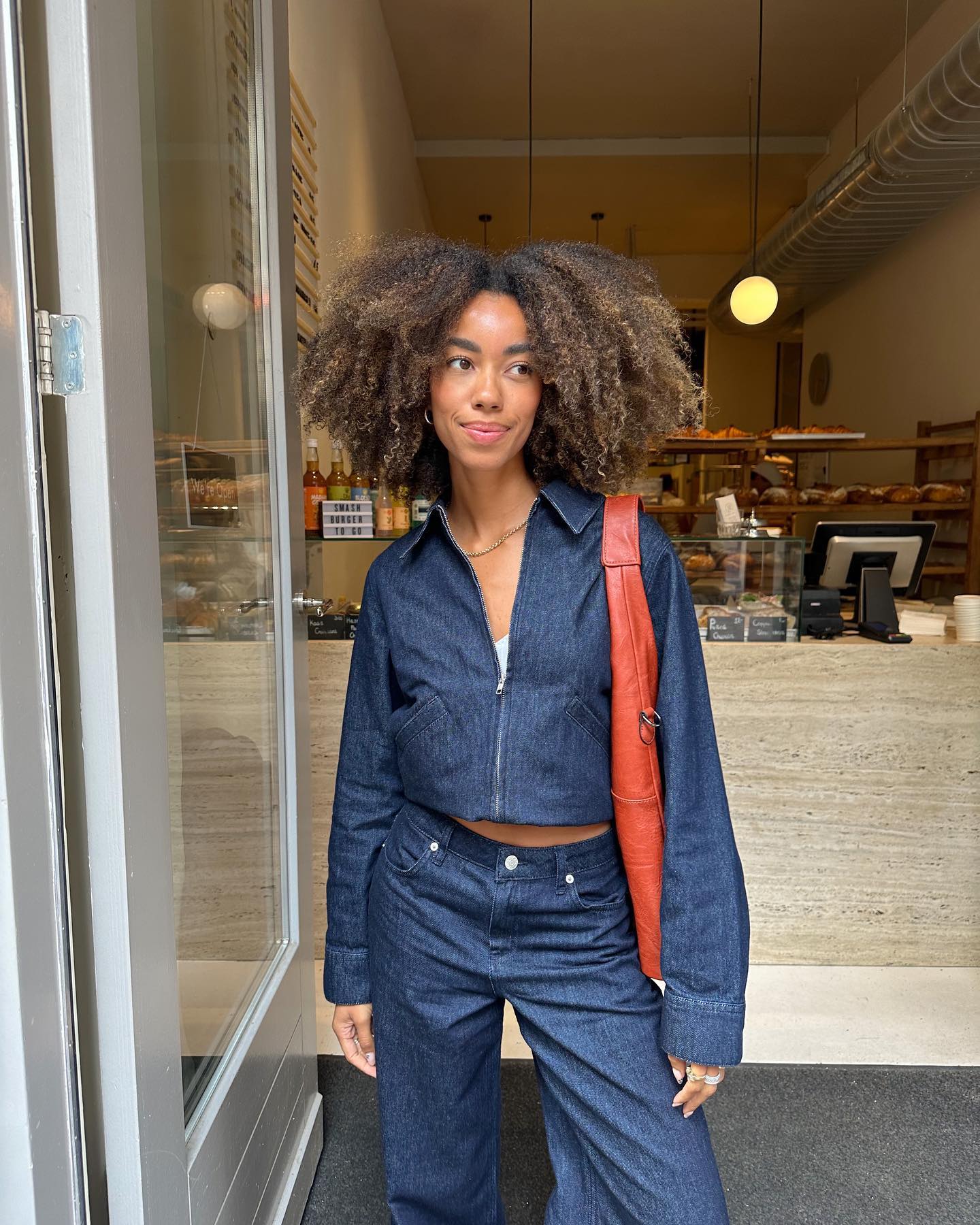
What is hair porosity?
According to Sharon Spellman, a Los Angeles based hairstylist and color expert, understanding how hair porosity influences the overall health and behavior of your strands can be a game changer for your haircare routine. "Hair porosity determines your hair's ability to absorb and retain moisture as well as how oils pass in and out of the hair's cuticle. Essentially, the higher the porosity is, the more exposed your hair becomes," she says. Celebrity hairstylist and curl specialist Christin Brown agrees, adding that porosity influences how well moisture is able to enter and stay inside the hair shaft.
Both experts confirm that there are three widely acknowledged levels of hair porosity: low, normal, and high porosity. "In a nutshell, hair porosity is the hair's ability to retain and accept moisture. Most folks in the natural hair community find this information useful when it comes to selecting the right products to help with benefits toward the hair's state," Brown explains. While discussion of hair porosity is common among people learning to care for their curls and coils, Spellman tells us that everyone's hair, independent of hair type and curl pattern, falls somewhere on the hair-porosity spectrum.
What is low-porosity hair?
Now that our experts have helped us understand what hair porosity is, let's take a closer look at low porosity. According to Spellman, low-porosity hair is the least porous on the hair-porosity spectrum since it has strong bonds that are tightly closed and lay flat. "Low-porosity hair doesn't absorb or retain moisture well at all. When your cuticle is tightly packed together, it creates no space between the cuticles, which makes it difficult to retain all that your hair requires," she explains. However, having low-porosity strands doesn't mean your hair can't respond to moisture.
In fact, Brown shares that low-porosity tendrils often signify healthy hair that has not been compromised by chemical treatments, heat damage, and other damage that results in broken-down hair bonds. It should also be noted that low-porosity hair can also be the result of intense product buildup acting as a temporary shield between your strands and all outside elements. "Your hair isn't able to accept additional hydration and can be more prone to dryness. This isn't true for all people, but for those who are experiencing these situations, it can be frustrating," Brown continues.
For the individuals with low-porosity hair, Brown recommends cleansing the hair in hot water to open up the hair cuticles since, due to closed bonds, low-porosity hair isn't as receptive to penetration from the outside. It can also be challenging to get low-porosity hair to dry thoroughly, retain moisture, and respond to chemical processing. "On the flip side, people with low-porosity hair typically have glossier, less frizzy hair," says Brown. She also points out that low-porosity hair can generally hold color for much longer than hair with higher levels of porosity with proper care.
How do I know if I have low-porosity hair?
There are a few telltale signs that can help you determine the porosity of your hair. First, Brown recommends paying attention to how long it takes for your hair to become fully wet when you're washing it and how long it remains damp following product application. "When someone has low porosity, their hair may take longer to get wet in the shower, may repel water, and also not accept products easily," she explains. Other signs of low porosity include excessive dry times after washing and intense buildup from products sitting on the surface of the strands rather than sinking in.
A more empirical way to tell if you have low-porosity hair is by conducting what hair experts refer to as the water test. To do it, Spellman recommends starting with a strand of hair and a clean glass of water. "Place one strand of your hair into the water and watch if it sinks or floats. If your hair floats, it's low porosity. If the strand floats, then begins to sink slowly, that's considered normal porosity. Lastly, if your hair sinks immediately, it's high porosity," says Spellman. While this test is generally accurate, she underlines the importance of using a clean strand of hair since product buildup can result in skewed results.
Below, shop the best products formulated with low-porosity hair in mind that will deliver instant hydration, nourishment, and shine.
The Best Products for Low-Porosity Hair
1. Moisture-Boosting Masks
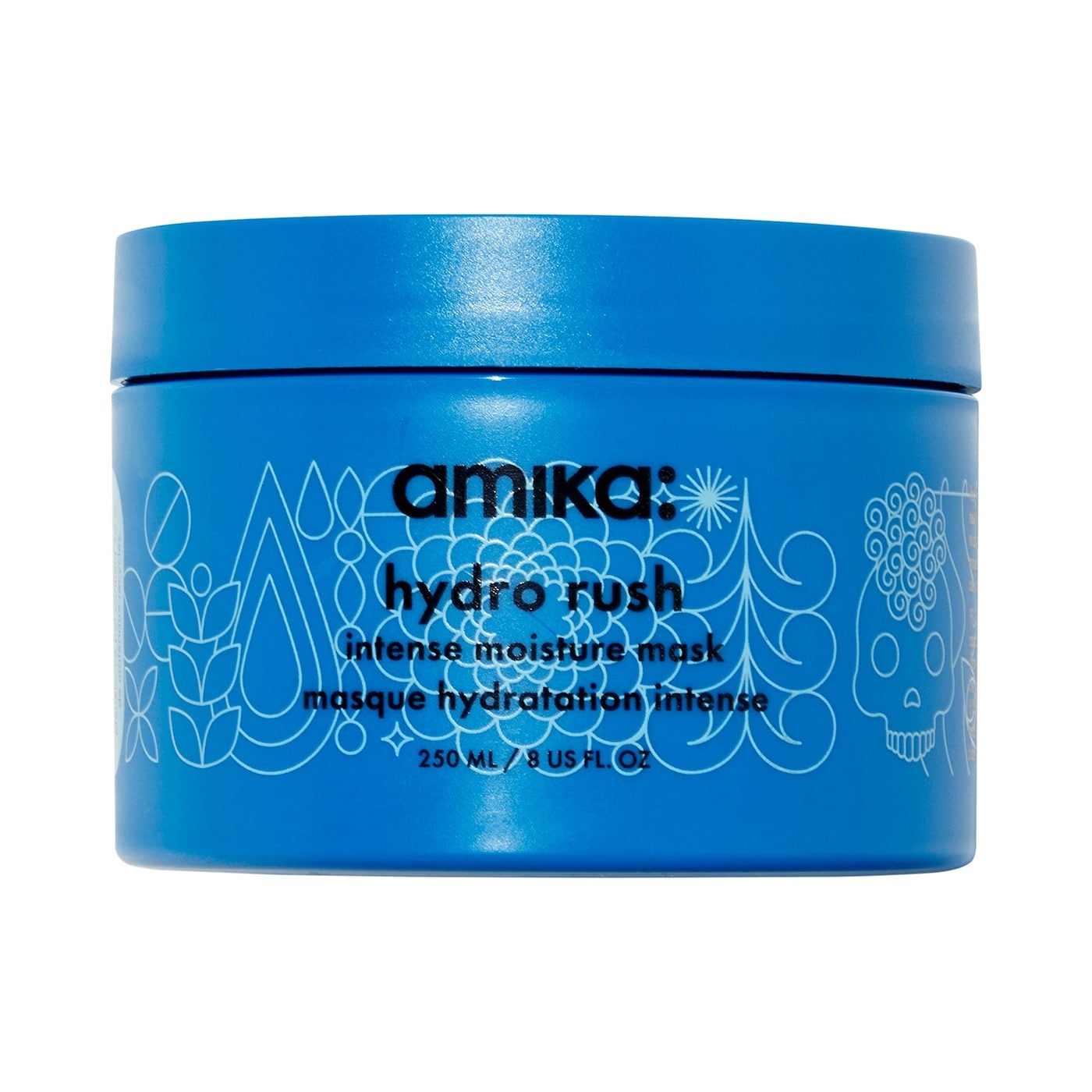
Key Ingredients: squalane, hyaluronic acid, and biofermented coconut water
Since low-porosity hair needs extra hydration to remain its healthiest, it's crucial to get your hands on a moisture-boosting hair mask like this rich, whipped treatment by Amika. The mask uses a unique formula infused with squalane and hyaluronic acid to leave the hair hydrated for up to five days after use.
Customer Review: "This is my first time trying a product from Amika. I've heard nothing but amazing things about their masks and this one did not disappoint at all! I have very coily color-treated type 4 hair that needs a lot of moisture. this made my curls pop while also being hydrated. good slip, thick and creamy. my new favorite deep conditioning mask, literally what i was searching for!"
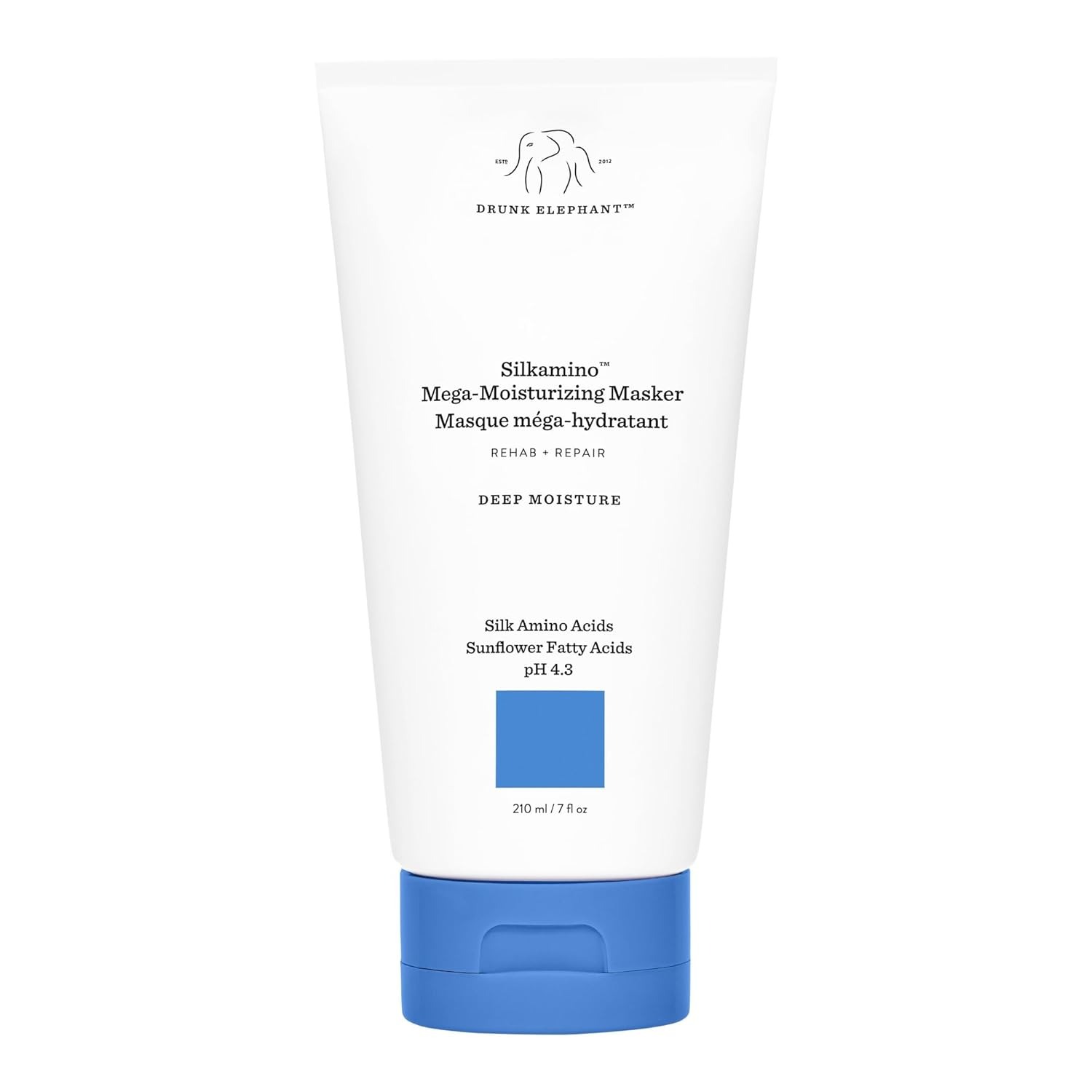
Key Ingredients: silk amino acids, hydrolyzed silk, silk sericin, marula butter
To revive dull, lifeless strands, consider snagging the Silkamino Mega-Moisturizing Masker Hair Mask the next time you're doing some online or in-person shopping. It features a blend of silk amino acids to soften the hair shaft, hydrolyzed silk to strengthen and repair strands, and marula butter to attract and lock in moisture.
Customer Review: "This quickly became my favorite hair mask ever. Doesn't weigh your hair down or make it look greasy, just makes it super soft, shiny, and more manageable if you tangle easily like me. My hair hasn't looked this healthy since I was a preteen. Many hair masks have also made my skin break out and that is not happening with this one."
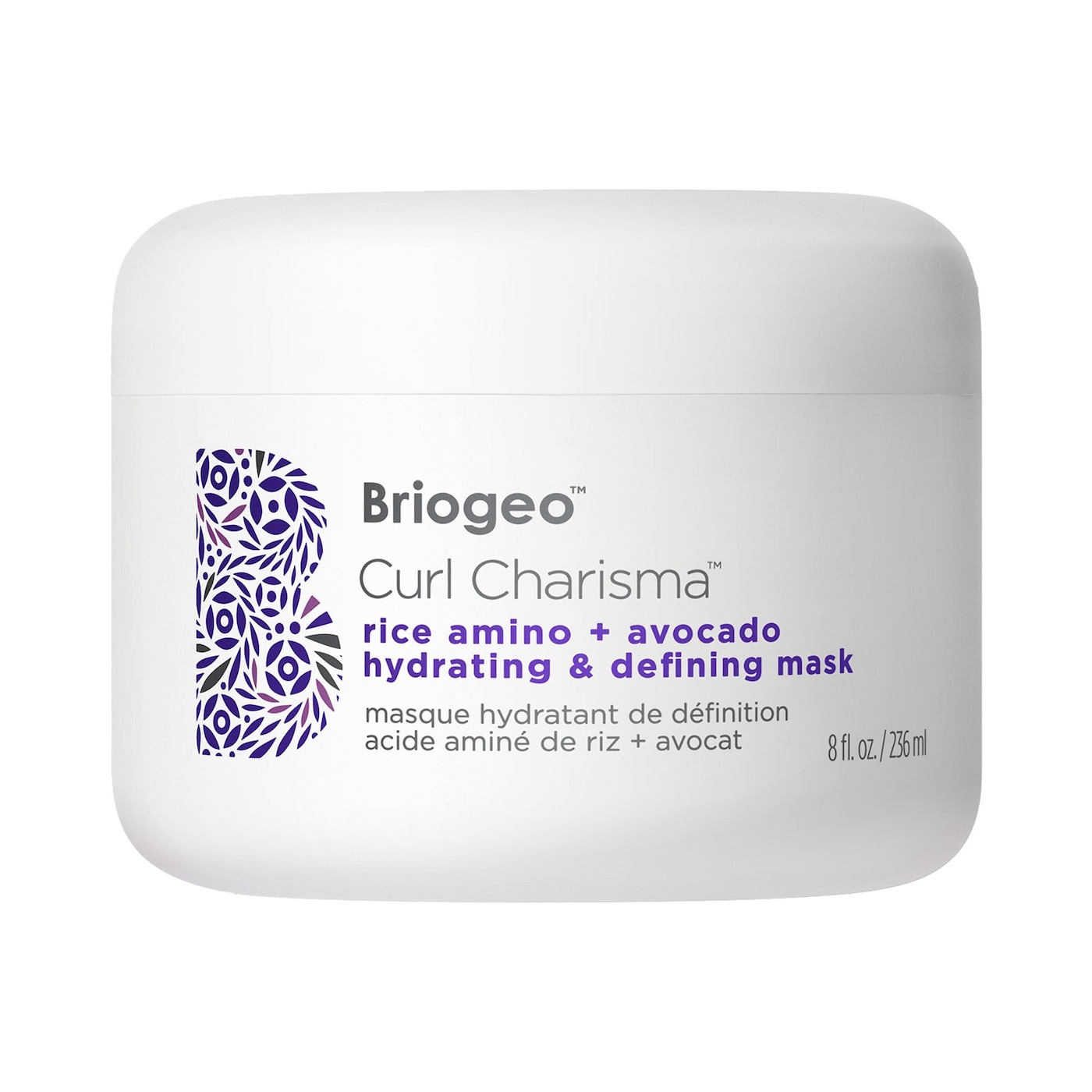
Key Ingredients: proprietary curl complex, oil and butter blend (avocado, castor, chia-seed, and flaxseed oils), hydrolyzed quinoa
This one is a favorite amongBest Knockoff Luxury Clothing editors with curls and coils since it's a protein-free weekly treatment fortified with rice amino acids and tomato-fruit ferment that seals the hair cuticle, promotes curl health, and enhances curl definition. Its formula also has fatty acid rich avocado, chia-seed, castor, and flaxseed oils to promote softness and vibrancy.
Customer Review: "Love this mask for my hair! I've been a fan of Briogeo products for a while and their Don't Despair, Repair mask is one of my favorites. I was hoping for similar hydrating effects but with a little lighter feel on the hair. This mask delivered just that! It takes away the frizz and defines my curls without weighing my hair down."
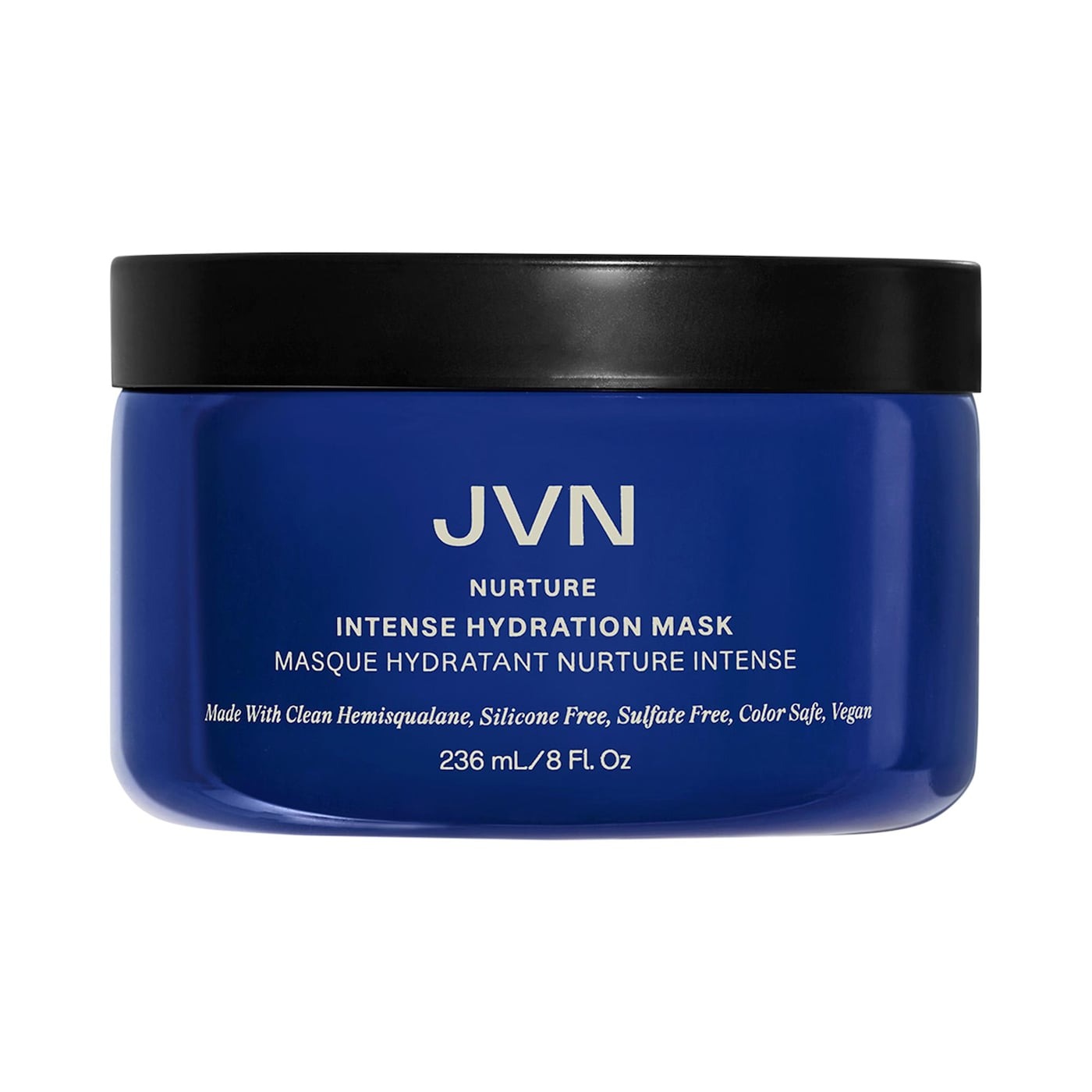
Key Ingredients: Keratris, hemisqualane, amino acids
If you're looking for a hair mask that provides intense hydration for all hair types and textures, JVN's Nurture Intense Hair Mask should be on your list. It's formulated with JVN's triple hydration system for 72 hours of hydration powered by hemisqualane, amino acids, and Keratris (the brand's vegan keratin alternative) to transform dry hair and nourish split ends.
Customer Review: "Amazing hydration hair mask! I've tried many hair masks before but this one takes the cake. It gets into your hair strands and hydrates. I notice my hair is softer, less frizzy, and amazing to use right after I use my detox shampoo since my hair is dehydrated and damaged since I've bleached and colored my hair a lot."
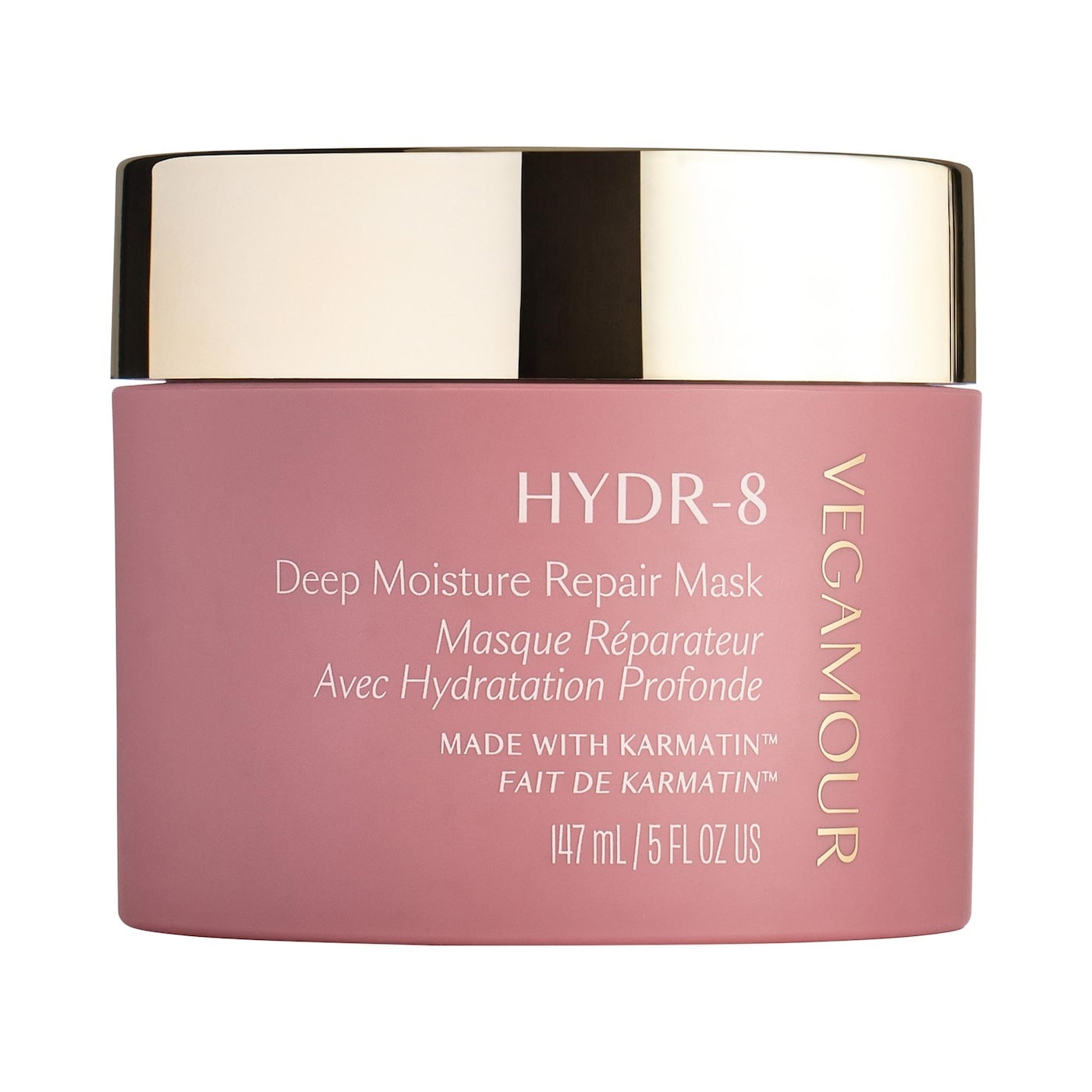
Key Ingredients: Karmatin, marula and moringa-seed oils, milk thistle
The Hydr-8 Moisture Repair Mask provides eight key benefits to support hair health, including protection against environmental aggressors and the reduction of breakage and frizz, offering 72 hours of hair hydration after one use. The mask is powered by Karmatin, a vegan silk bonder and silicone alternative.
Customer Review: "This mask is so hydrating, I used it before blowing out my hair and it hydrated my ends so well! My hair feels brittle after blowing it out but this made it feel healthy and fuller. Helped my ends looked bonded together, which is something I need."
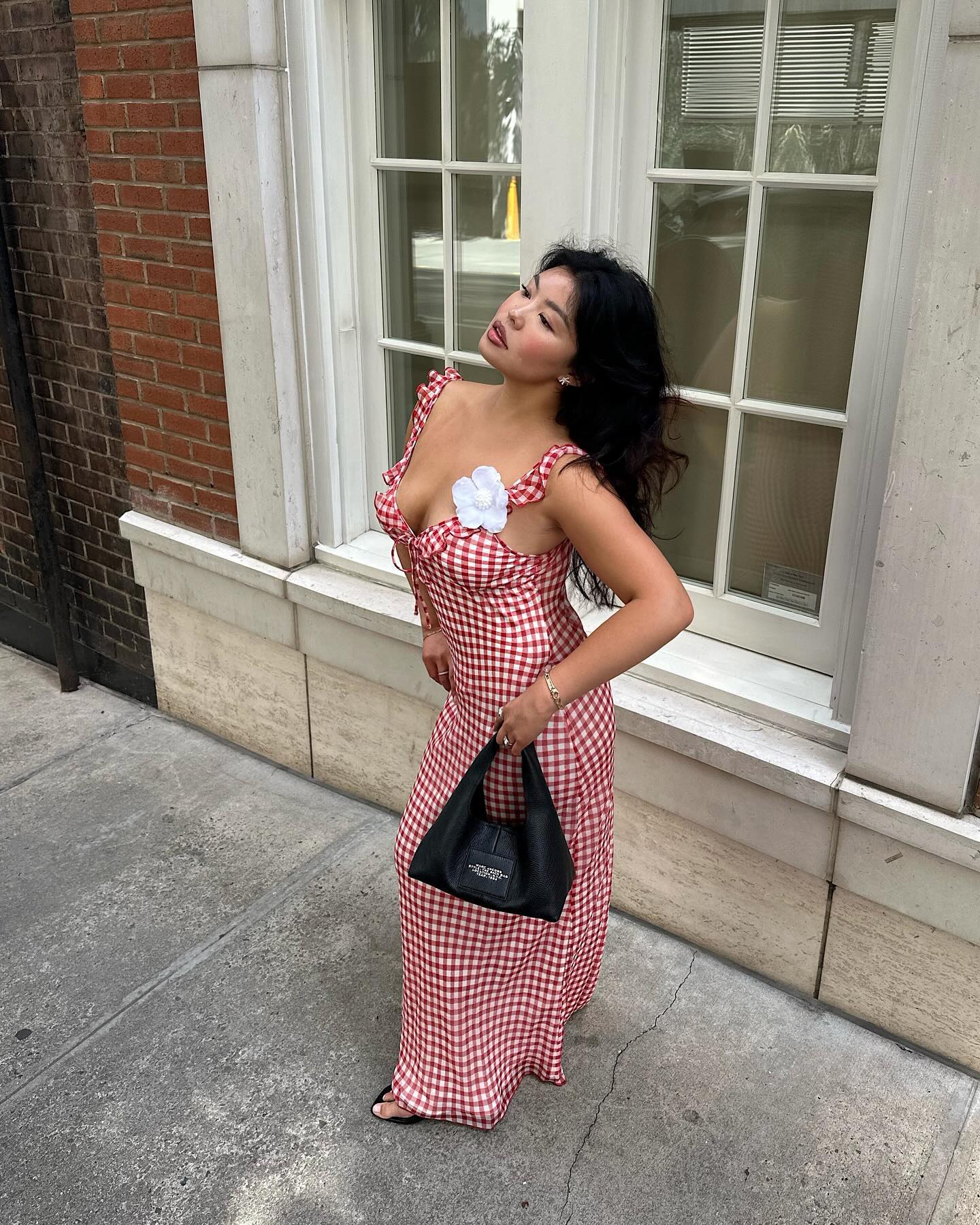
2. Lightweight Serums and Moisturizers
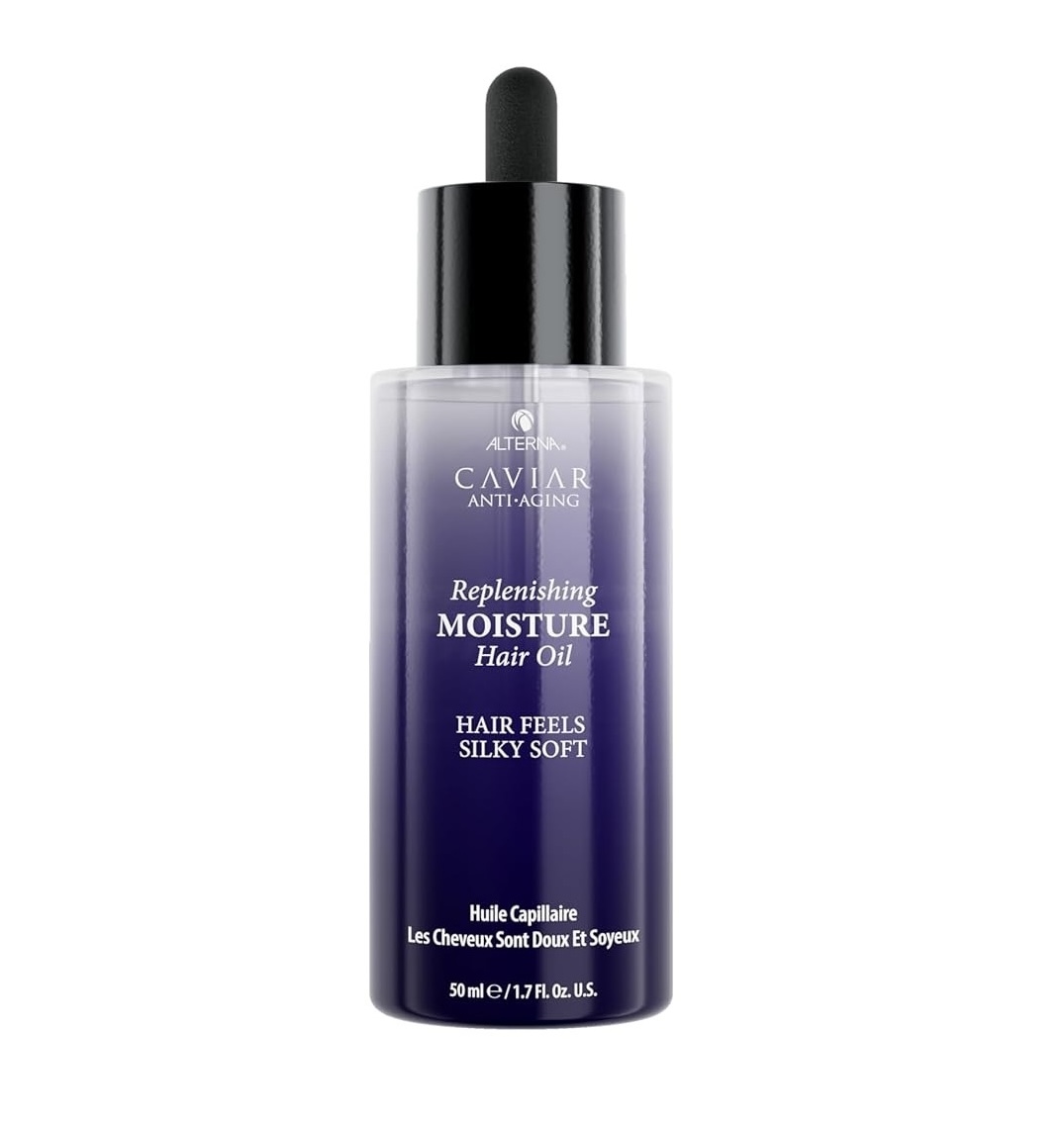
Key Ingredients: Marine Moisture Complex (kelp, plankton, ascophyllum, fucus, and sea fennel)
Alterna's Caviar Anti-Aging Replenishing Moisture Oil is a fast-absorbing, marine plant enriched oil that will leave the hair deeply conditioned and strengthened with 72 hours of humidity resistance. Not only will your hair feel silky smooth, but the nourishing oil can also be used as a leave-in treatment or finisher for all of your hairstyles.
Customer Review: "This is the first time I've really used a hair oil that I feel truly works. It's so great on damp hair but also dry hair without making it feel greasy. I love how soft and silky my hair feels after using this and I'm going to continue using this for a while."
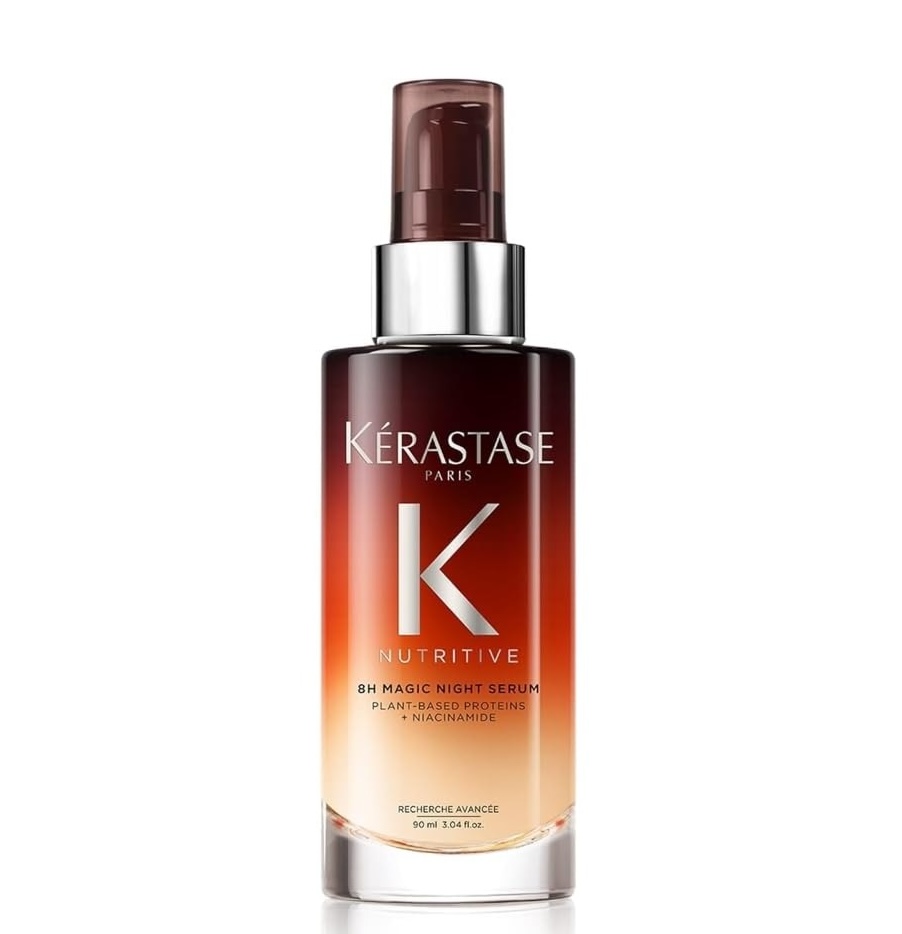
Key Ingredients: plant-based proteins, niacinamide
Did you know there are some reparative hair serums that work overnight to preserve the health of your strands? Formulated with a blend of plant-based proteins and niacinamide, this night repair serum works around the clock while you're sleeping to hydrate, strengthen, and detangle your hair while enhancing shine by morning.
Customer Review: "As someone with super fine, color-treated hair who is trying to fix damage and dryness, this product has been a life saver over the past three weeks I have implemented it into my night routine. I'm so happy with this product and the results I have seen in such a short amount of time. My hair already seems to be so much healthier, softer and more hydrated. I can't wait to see my results over more time and consistent use!"
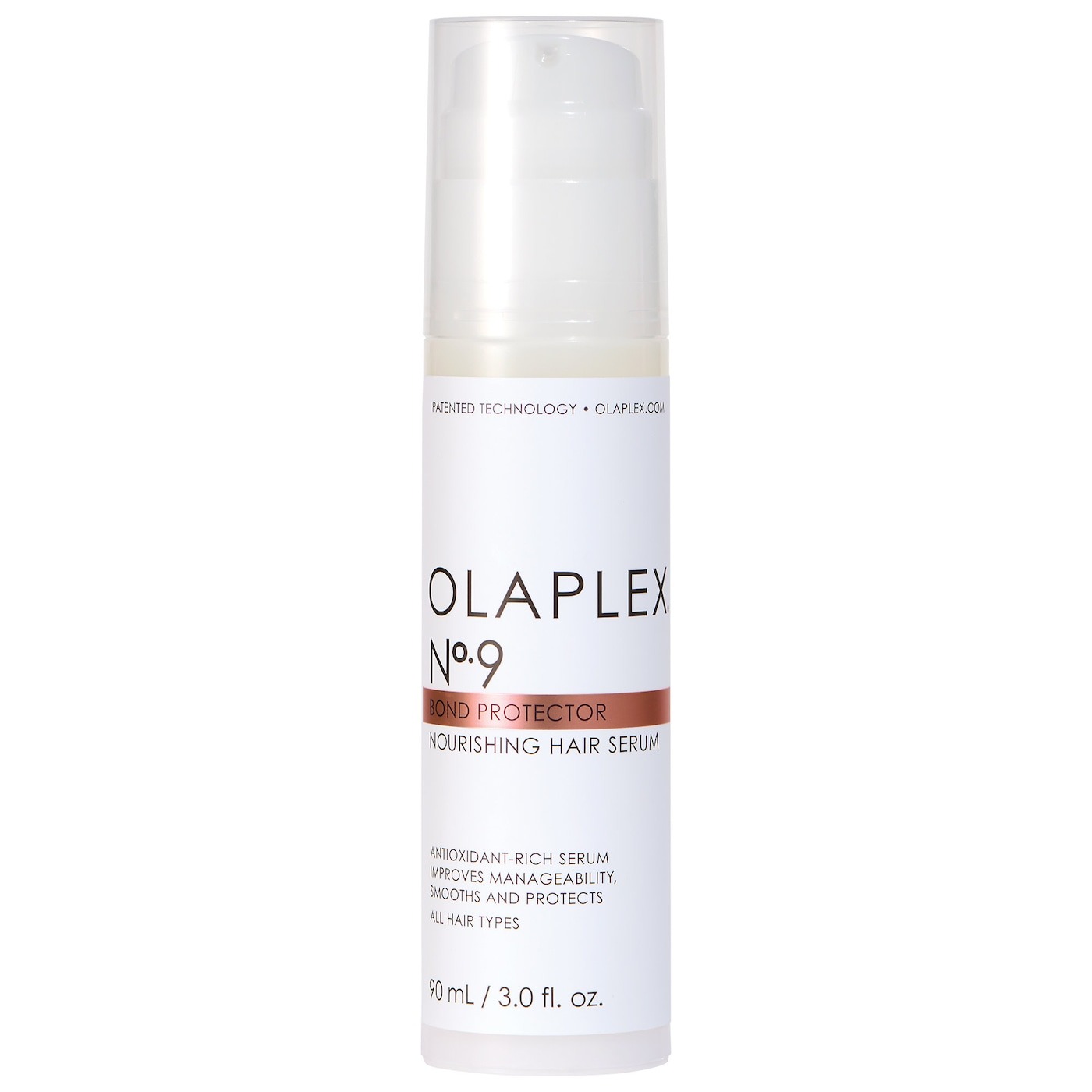
Key Ingredients: red algae extract, Bis-Aminopropyl Diglycol Dimaleate (patented technology for bond repair)
Here's a weightless styling serum everyone should have in their beauty cabinets. This product is rich in antioxidants to block pollutants, neutralize free radicals, and shield strands from pollution, heat, and future damage, making it a must for retaining moisture in all hair types and textures, especially low-porosity tresses.
Customer Review: "I've tried a lot of hair serums, creams, oils for my hair (2b curls, prone to frizz, thin/medium thickness), and this one works the best! It does not leave my hair oily/greasy, and lessens the frizziness. I love the mini version for traveling."
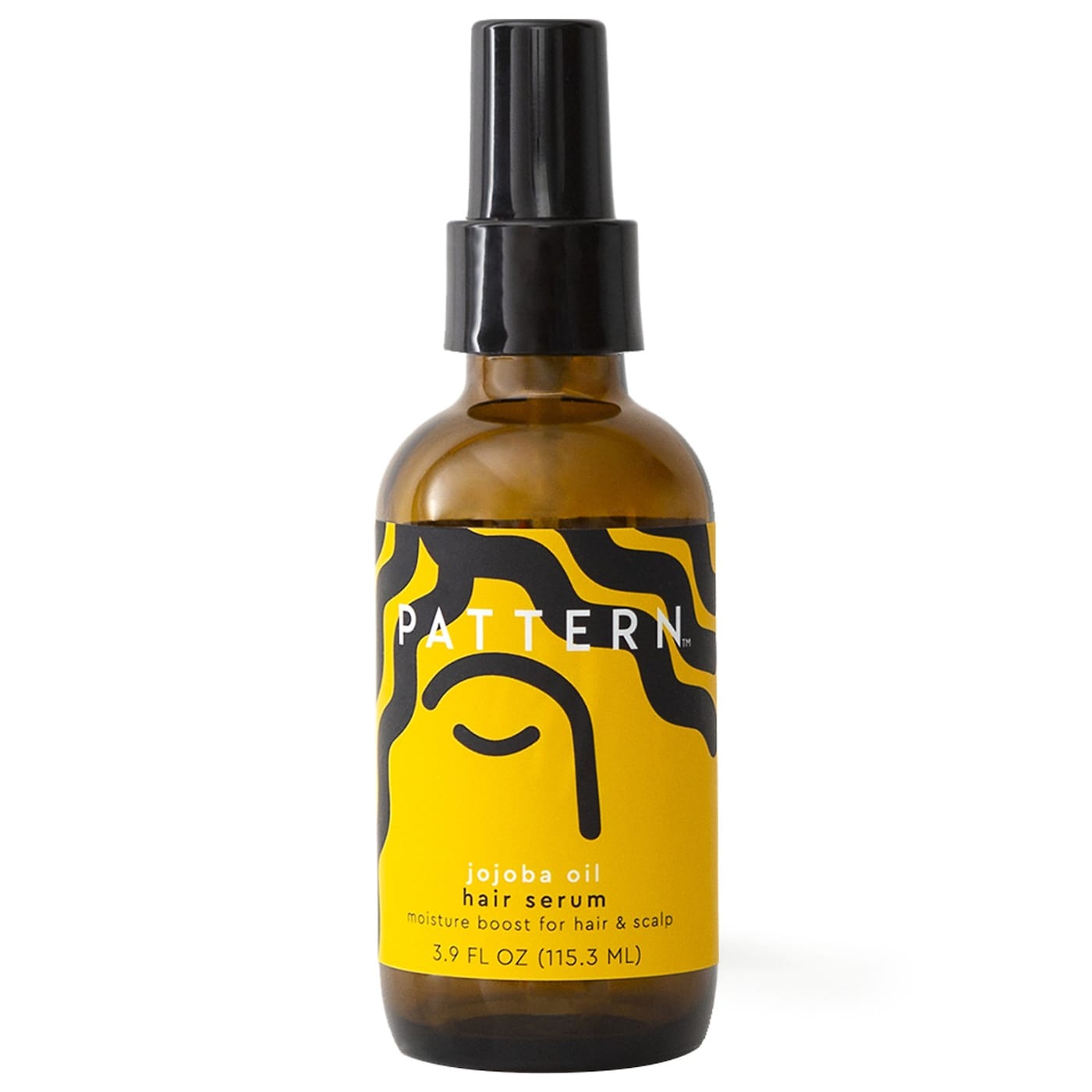
Key Ingredients: jojoba oil, lavender oil, safflower oil
Can't seem to lock enough hydration into your strands? Your hair routine may be missing a hair serum that helps with moisture retention, breakage reduction, and elasticity. Designed specifically with low-porosity hair in mind, the Pattern Jojoba Oil Hair Serum keeps the hair moisturized while reducing itchiness and flaking.
Customer Review: "I'm not even kidding, this stuff is amazing. I've always used the Garnier oil and it has done nothing for me, but this one has healed it and got rid of the frizz after using a little every day. This coming from someone who deals with severe frizz and has curly hair, this is amazing."
3. Clarifying Shampoos
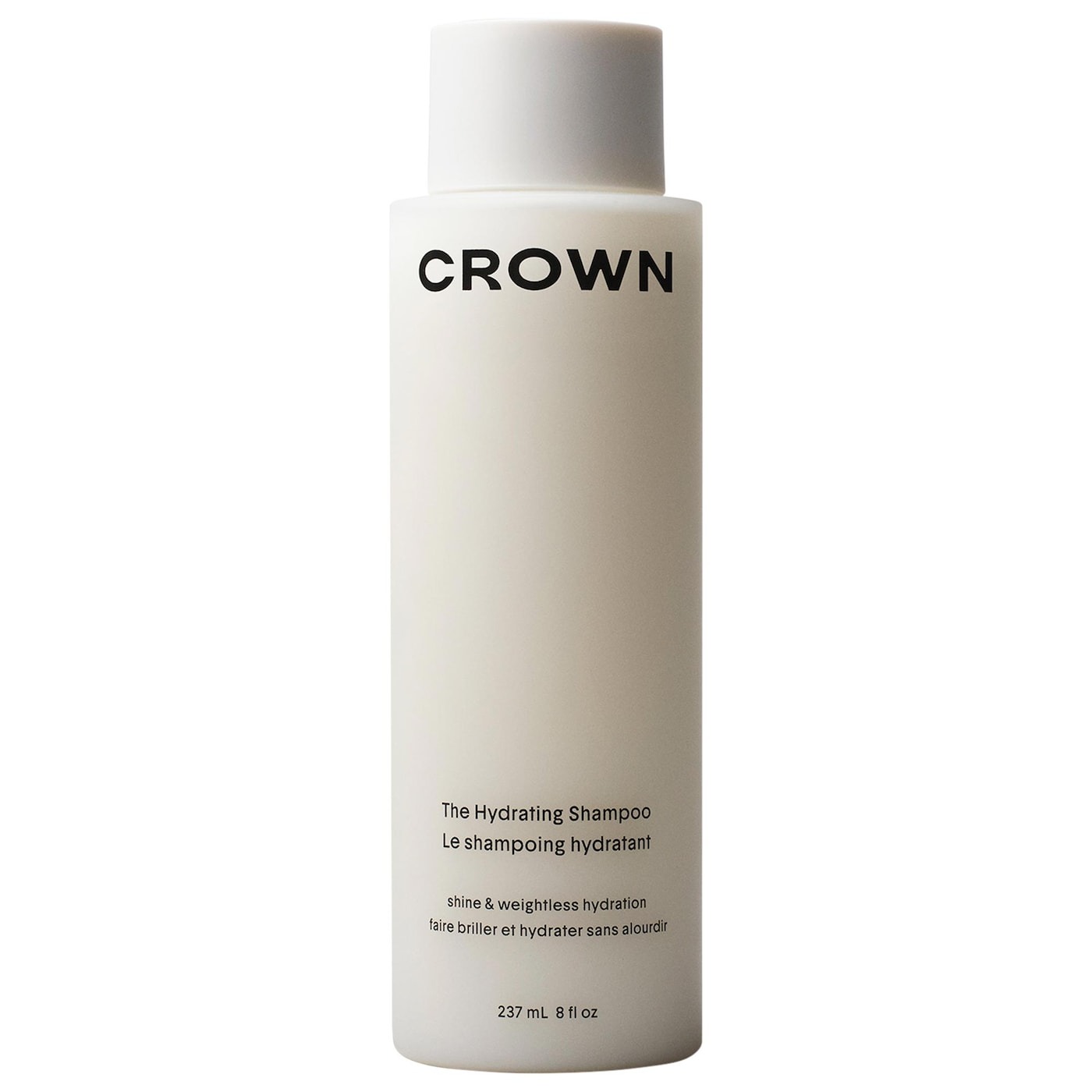
Key Ingredients: Tsubaki Meadows, red algae extract, coconut-based surfactants
To combat excessive dryness and intense product buildup from products sitting on the surface, always have a hydrating and clarifying shampoo on hand. The Hydrating Shampoo is one of the easiest ways to ensure the health of low-porosity hair thanks to its ability to cleanse using coconut-based surfactants and deliver moisture with red algae extracts.
Customer Review: "I'm becoming increasingly obsessed with Crown Affair, and I absolutely love this new shampoo and conditioner! The shampoo is wonderful for my dry winter hair. It leaves my hair feeling moisturized, sleek and smooth. I love the signature Crown Affair scent, and the nice packaging. 10/10."
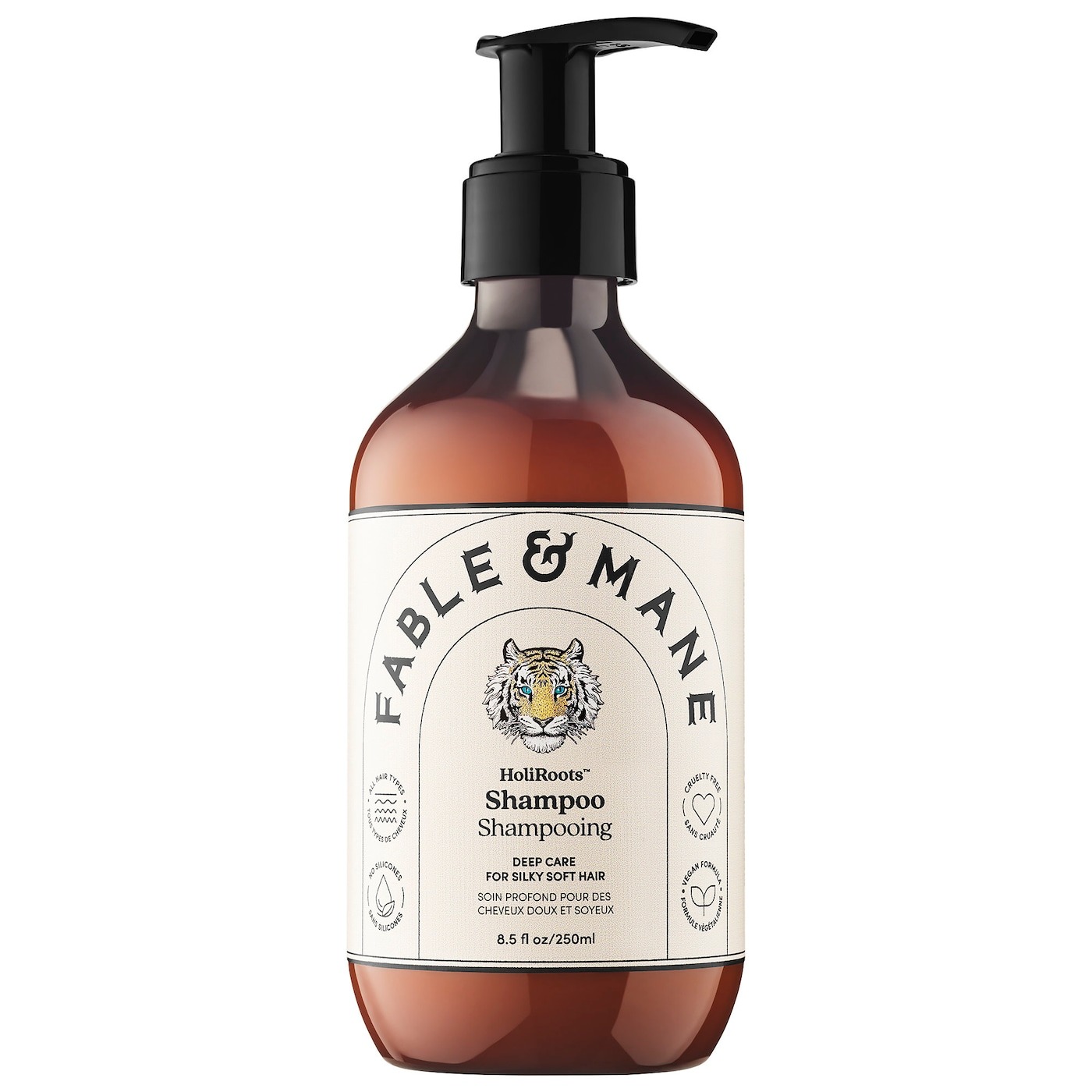
Key Ingredients: coconut oil, aloe vera, tiger herb
Another hydrating shampoo experts and editors love for low-porosity hair is one by Fable Mane. It's infused with coconut oil and aloe vera to nurture dry hair, and tiger herb supports keratin formation for stronger strands, leaving your hair deeply moisturized, soft, and shiny.
Customer Review: "I liked this shampoo a lot! I have fine hair so I typically stray from 'hydrating shampoo' but am glad I tried this one. It felt like my hair could take a breather and not be so stripped. My scalp was noticeably more comfortable but my hair didn't fall any flatter than it does with volumizing shampoo. I think this is a great addition to a hair routine, even for finer hair. I just use a clarifying shampoo once a week as well!"
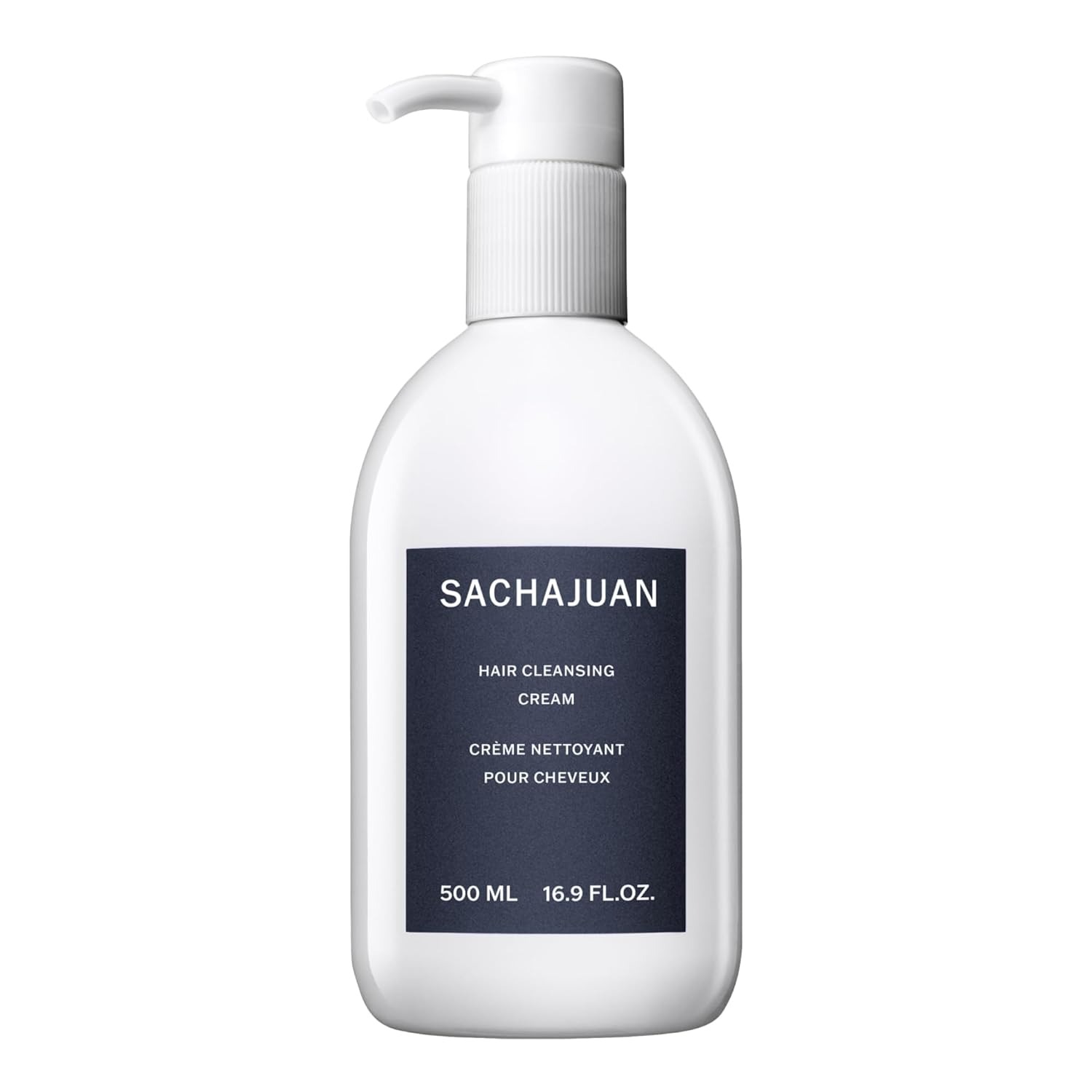
Key Ingredients: Ocean Silk Technology, waxes extracted from natural vegetable oils
Cleansing creams are one of the most underrated ways of investing in the health of low-porosity strands. Sachajuan's Hair Cleansing Cream is one of the best on the market for this particular hair type since it uses a nonlather formula to cleanse and refresh your scalp and strands to create a second-day texture. Simply apply onto wet hair, massage firmly, rinse, and repeat.
Customer Review: "I only had a deluxe sample to try, but I got four washes out of it and I was hooked. The hair cleansing cream was great for my hair when it was dry and damaged, but it is also an excellent choice when your hair is perfectly healthy. Gentle and effective, it leaves your hair looking healthy and abundant. Smells delicious too."
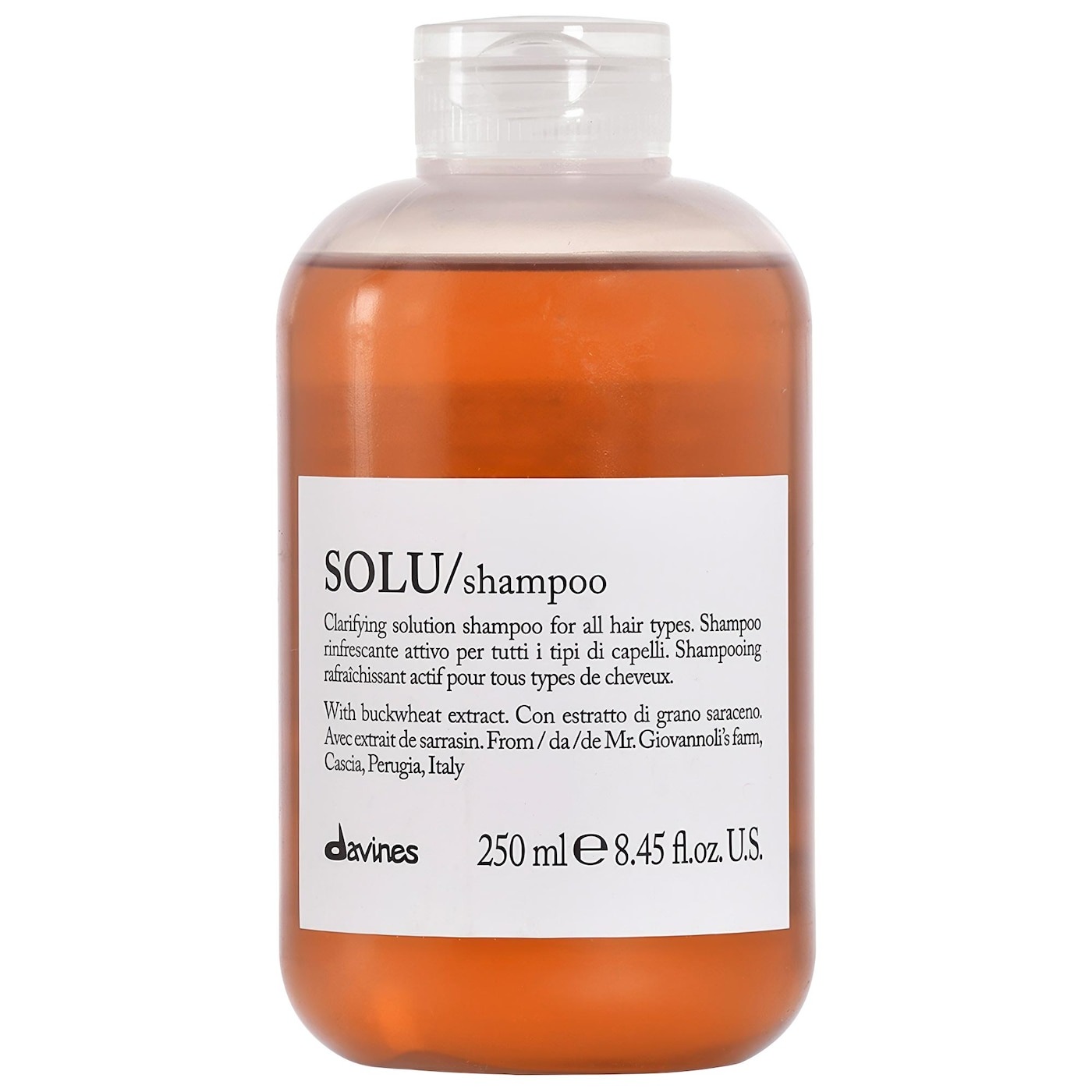
Key Ingredient: Valtellina buckwheat extract
Ideal for use before perming or straightening treatments, Davines's Solu Clarifying Shampoo deeply cleanses the hair, removing all residue and buildup from styling products. Its powerful formula uses Valtellina buckwheat extract, an all-natural ingredient rich in proteins, antioxidants, and amino acids.
Customer Review: "This clarifying shampoo works amazing for curly hair it lathers like no other shampoo and leaves the hair feeling extremely clean without striping the scent is very nice. This is amazing shampoo to have to remove all product buildup recommended."
4. Hydrating Conditioners
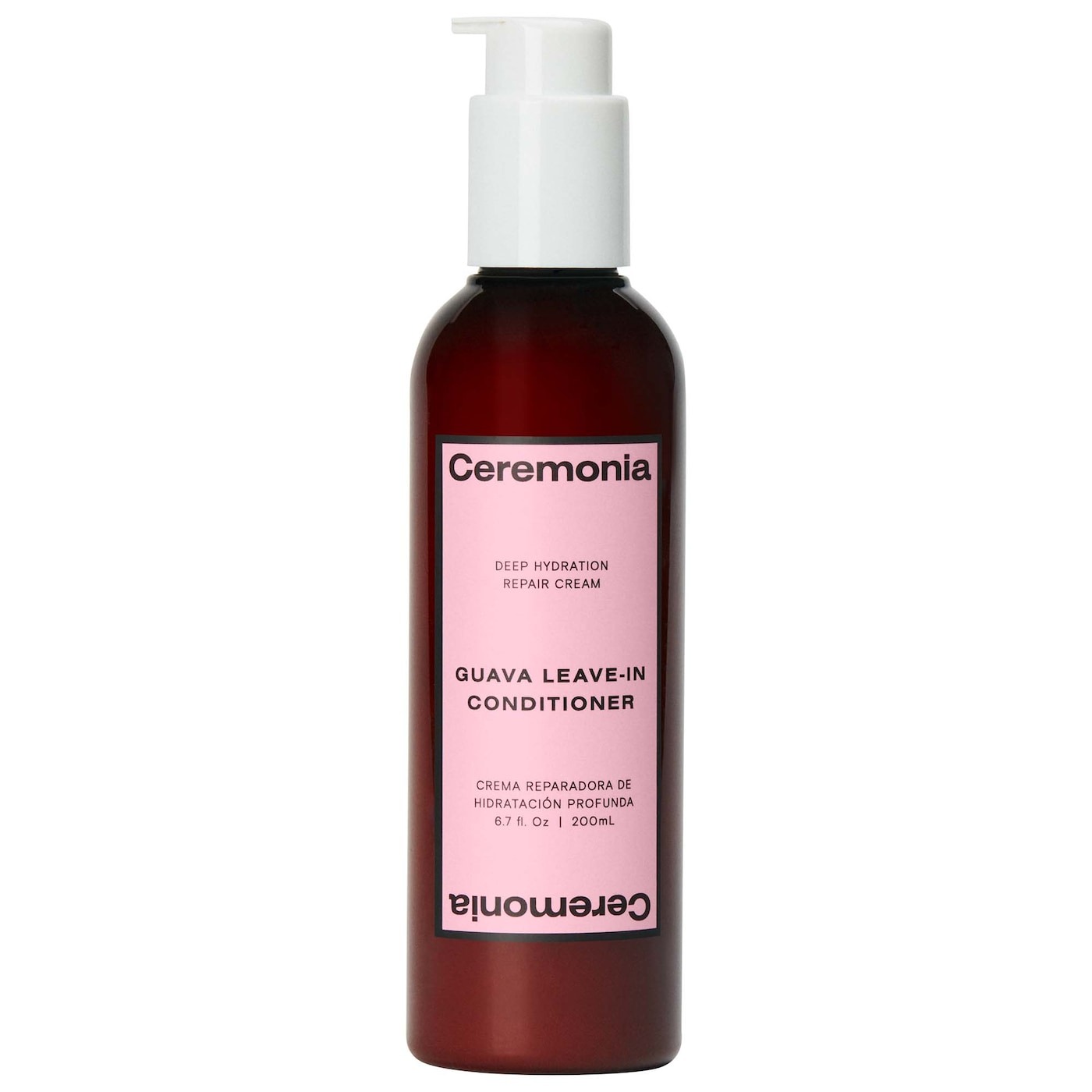
Key Ingredients: guava-fruit extract, blue agave, avocado oil
This hydrating, lightweight leave-in conditioner by Ceremonia is powered by guava and blue agave to protect the hair from UV damage and boost shine, and avocado oil addresses frizz while strengthening your tresses. It's also perfect for all hair types and leaves behind the brand's signature essence—a blend of South American tonka beans, lemon zest, and violet.
Customer Review: "For one it smells amazing. This totally rehydrated my hair and I was completely blown away at the results. My hair looked so shiny and smooth. My hair looks less damaged than before and seen a big difference between my damaged ends they aren't as brittle and hair feels like it has more flow than before from being so hydrated. My fine thin hair gets dry from heat tools and even becomes knotted this has prevented that so much. I am very happy with the results."
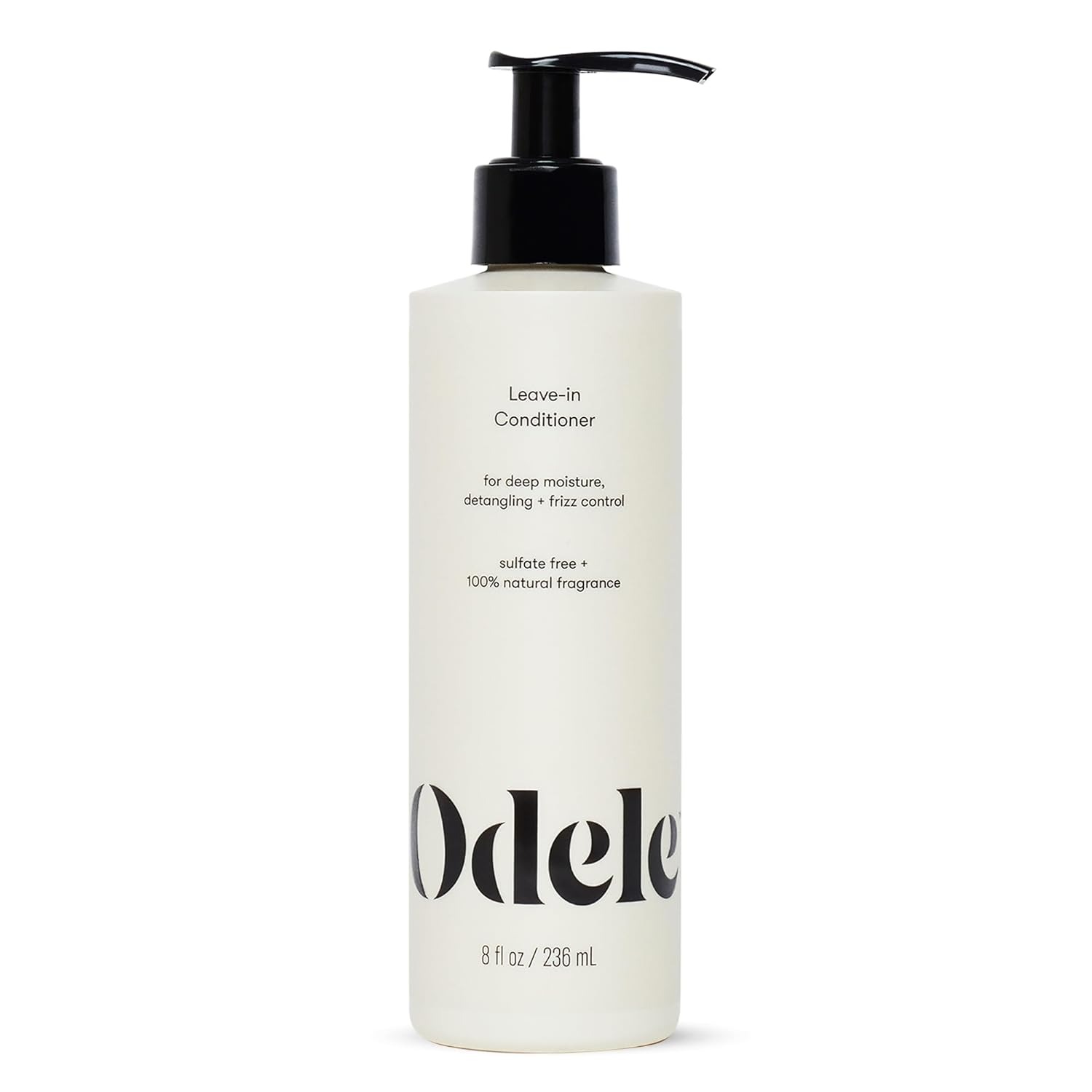
Key Ingredients: amino acids, amaranth, rice protein
This salon-grade styler by Odele deeply moisturizes the hair while offering frizz control and gentle detangling. While it's designed to work for all hair types, it will definitely benefit low-porosity hair with its lightweight formula and clean ingredients.
Customer Review: "I have fine curly 3A hair that is easily weighed-down but gets frizzy at the slightest hint of humidity. Odele Leave-In Conditioner hits the perfect balance of lightweight moisture with frizz-control, all without leaving my curls flat and with a lovely fragrance. Highly recommend!"
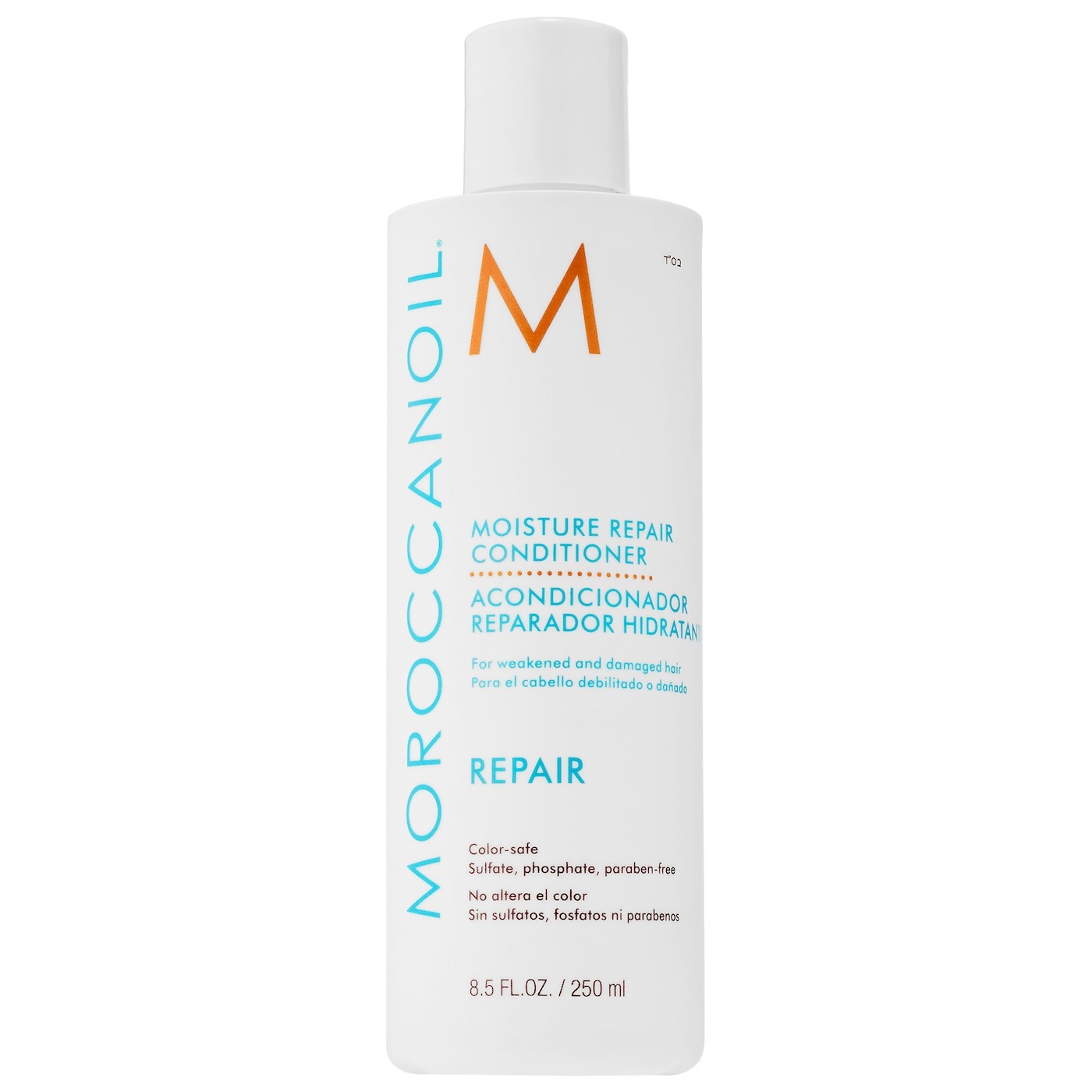
Key Ingredients: argan oil, keratin, lavender, rosemary, chamomile, and jojoba extracts
Moroccanoil's moisture-balancing conditioner is formulated with elasticity-boosting argan oil, strengthening keratin, and a nourishing mixture of oil extracts for healthy-looking hair. It's designed for hair affected by color, chemical processing, or heat styling, but it also performs wonders for damaged, porous hair.
Customer Review: "After using this product for the last week, I've already noticed a clear difference in my hair. I received this as a gift and will definitely be buying more when I run out. My hair feels softer and way more hydrated. If this is after one week I'm looking forward to see how well my hair improves with more time. Overall this was a great product!"
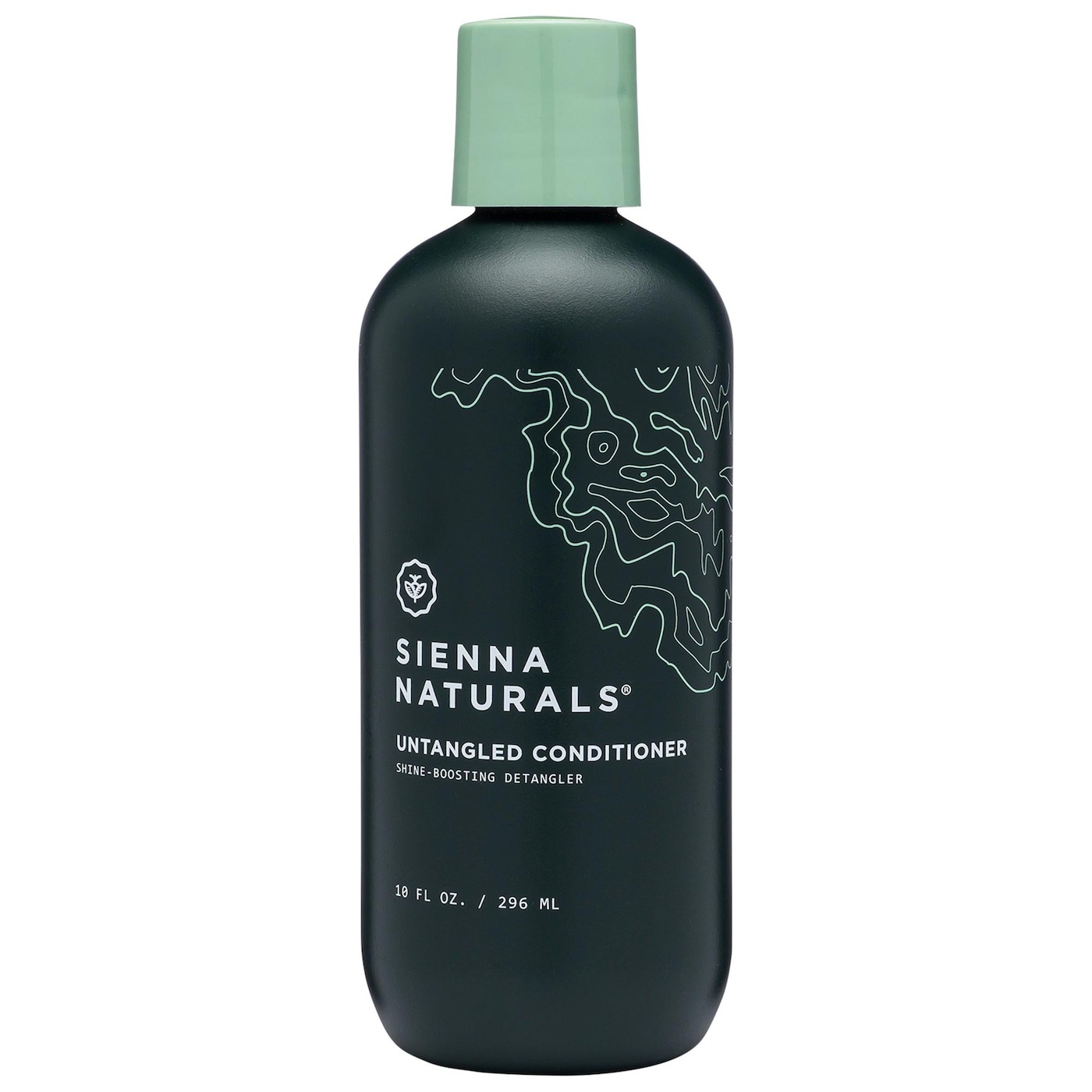
Key Ingredients: raw elm bark, marshmallow-root extract, Brazilian patauá-fruit oil
Keeping low-porosity hair detangled when it's dry can be challenging, which is why you need the H.A.P.I. Hydrating Frizz Control Untangled Conditioner to make the process easier. Its plant-based, antioxidant-rich formula drenches your hair with moisture while adding ample slip for fast detangling, hair growth, and nonstop shine.
Customer Review: "This untangling conditioner does wonders it literally makes my hair so soft after using this product which is amazing. Love how is clean and plant based which is all natural. My hair was dry before and when I started using this product it literally hydrated."
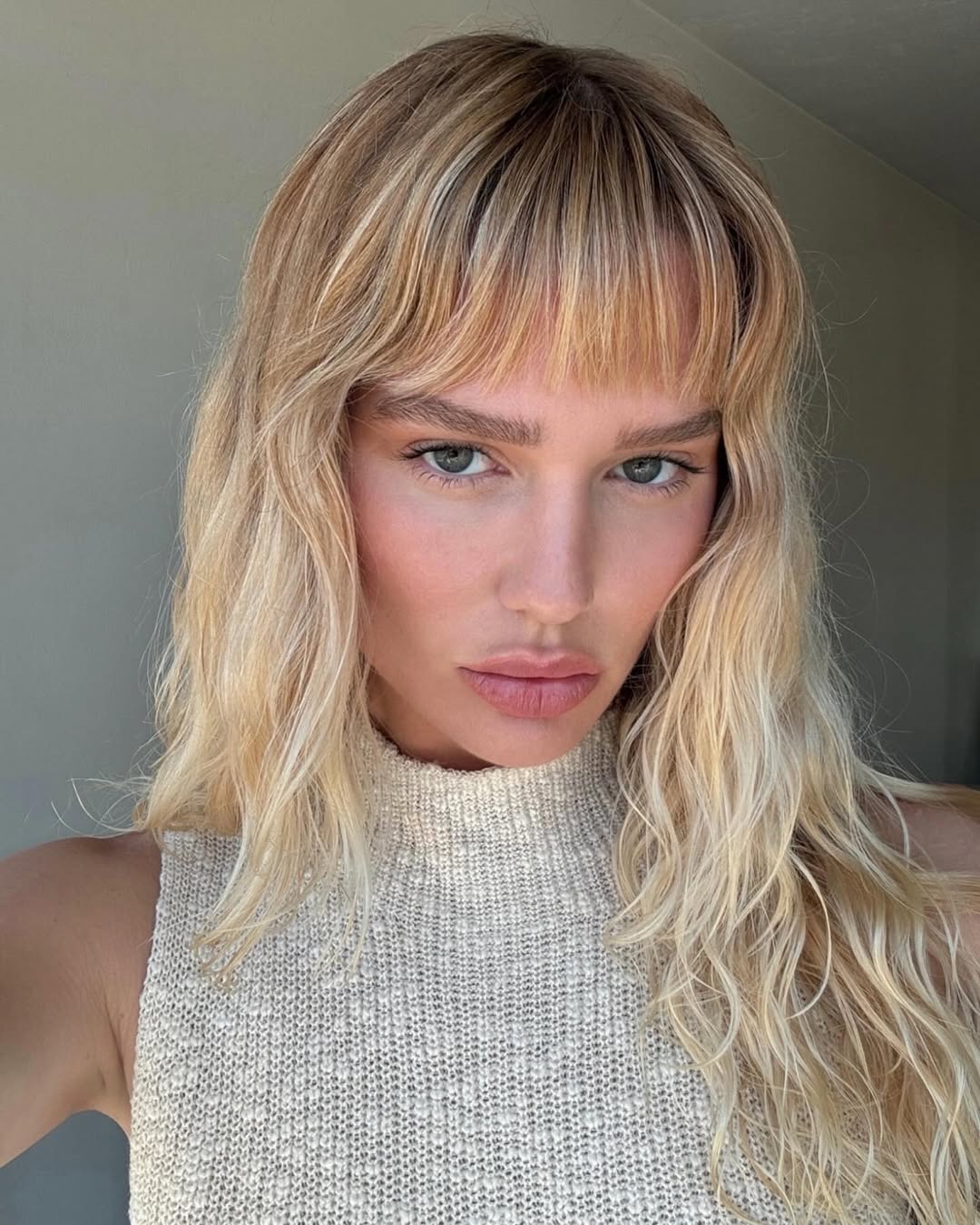
Discover More Low-Porosity Must-Haves
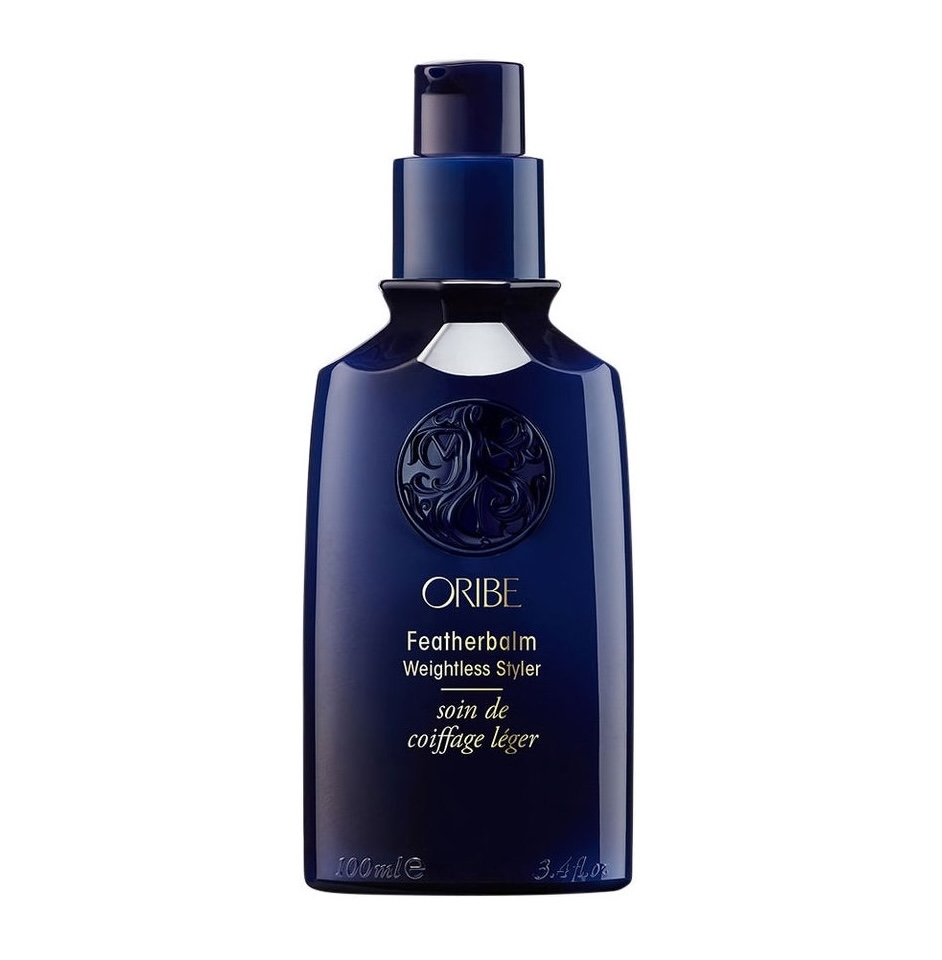
Key Ingredients: Oribe signature complex (watermelon, lychee, and edelweiss flower), hydrolyzed pea protein, passion fruit seed oil, açai fruit oil, polymer blend, rice-bran oil
Customer Review: "This styling product (gel? cream? yes!) is really nice. It has a light scent that doesn't linger and isn't overwhelming. The product is easy to apply and is NOT heavy! I have fine, straight hair and in the week I've been using this I haven't had any increased oiliness or heaviness in my hair. It feels like a your hair but better styling product, which is my jam!"
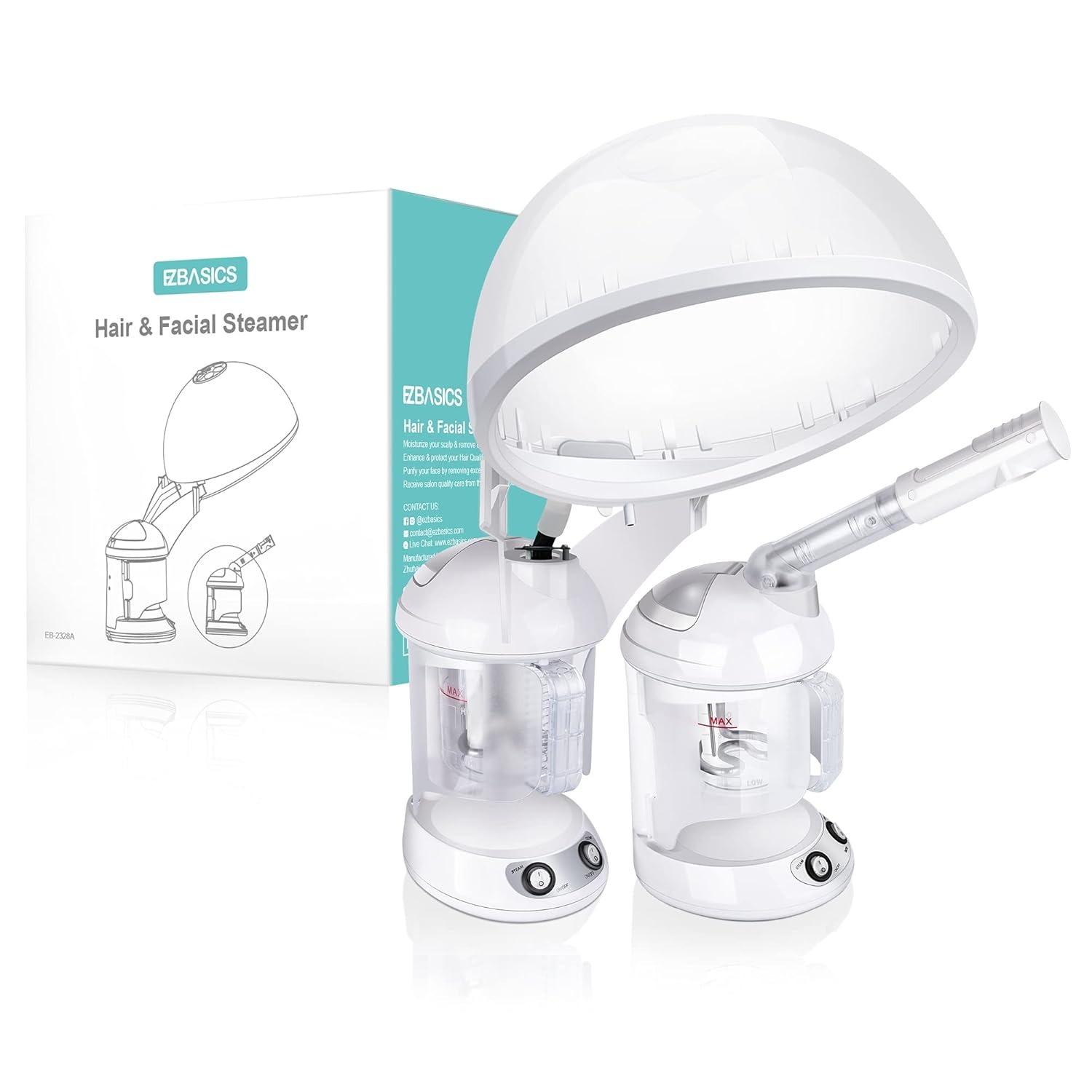
Key Features: rotating nozzle, hood, PTC ceramic heating element
Customer Review: "The Hair and Skin Steamer impressed me with its sleek design and sturdy build. It's easy to use, heats up quickly, and offers dual functionality for hair and skincare treatments. After using it, my hair felt softer and my skin looked clearer. It's a must-have for anyone looking to upgrade their beauty routine at home."
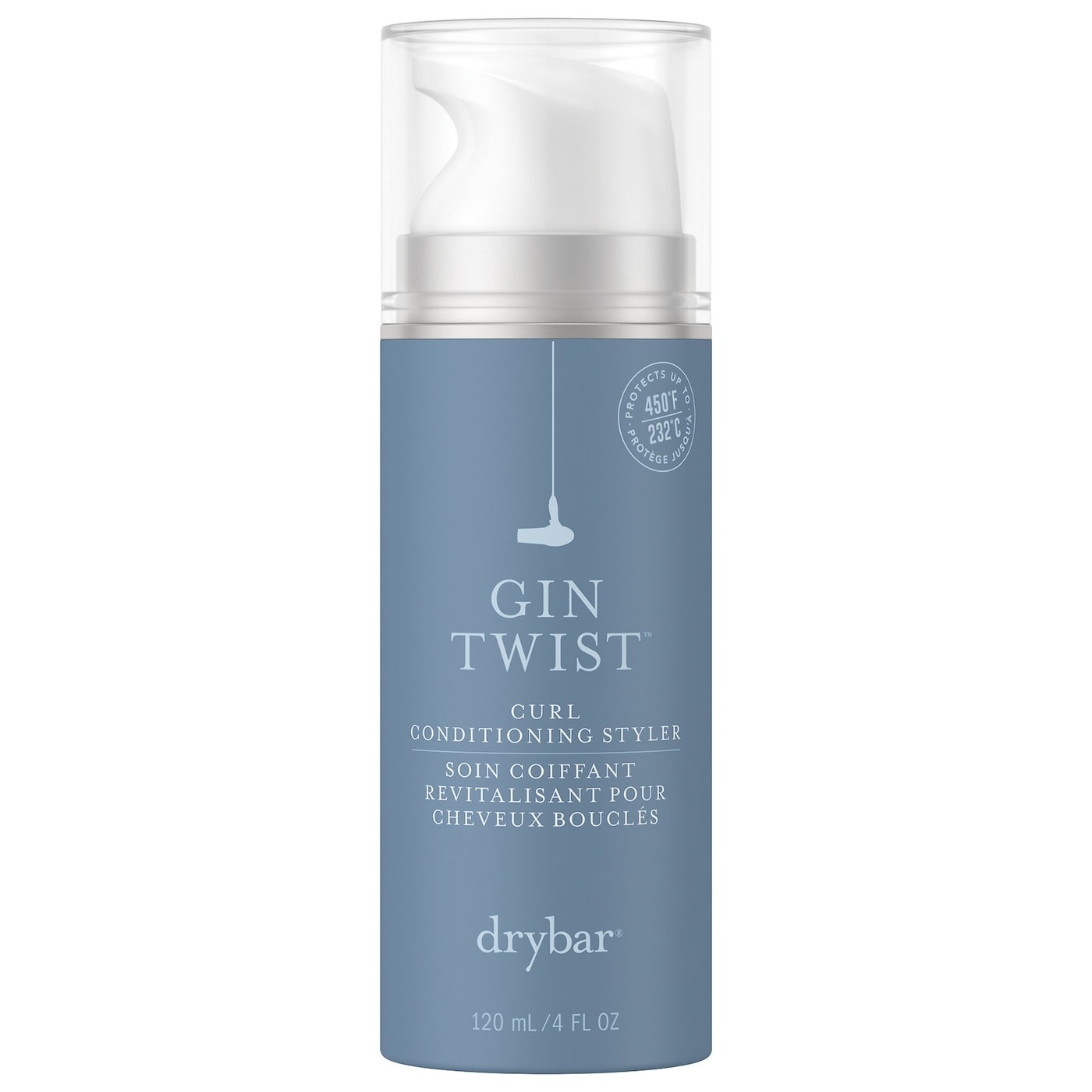
Key Ingredients: keratin protein, curl-enhancing polymer, coconut oil
Customer Review: "I can't say enough great things about this product. My hair is naturally curly. When I use this product, it kept my hair moisturized, without frizz. I could even use it and straighten my hair and it keep it smooth for three days without looking or feeling greasy. I so love the feel of my hair when I straighten with this product on it. I ran out for two weeks and my feels dry, I had to order some more stat! You won't be disappointed with this product."
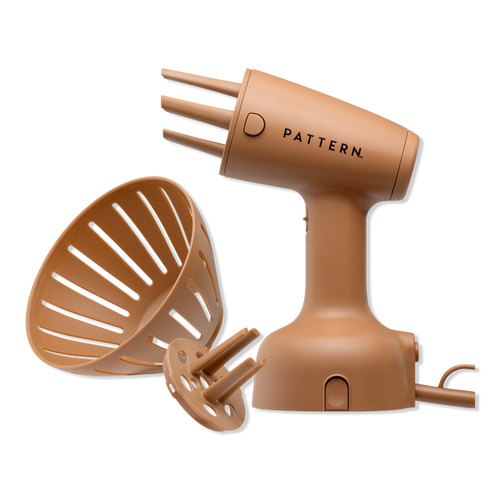
Key Features: steamer, 6-inch 90-degree swivel cord, cleaning kit
Customer Review: "Another win. I don't think there's anything in this line that I've not tried. I've noticed considerably less breakage, and my hair is soft and supple; at my last wash, I really did a double take, and my hair looks so healthy! Love it."
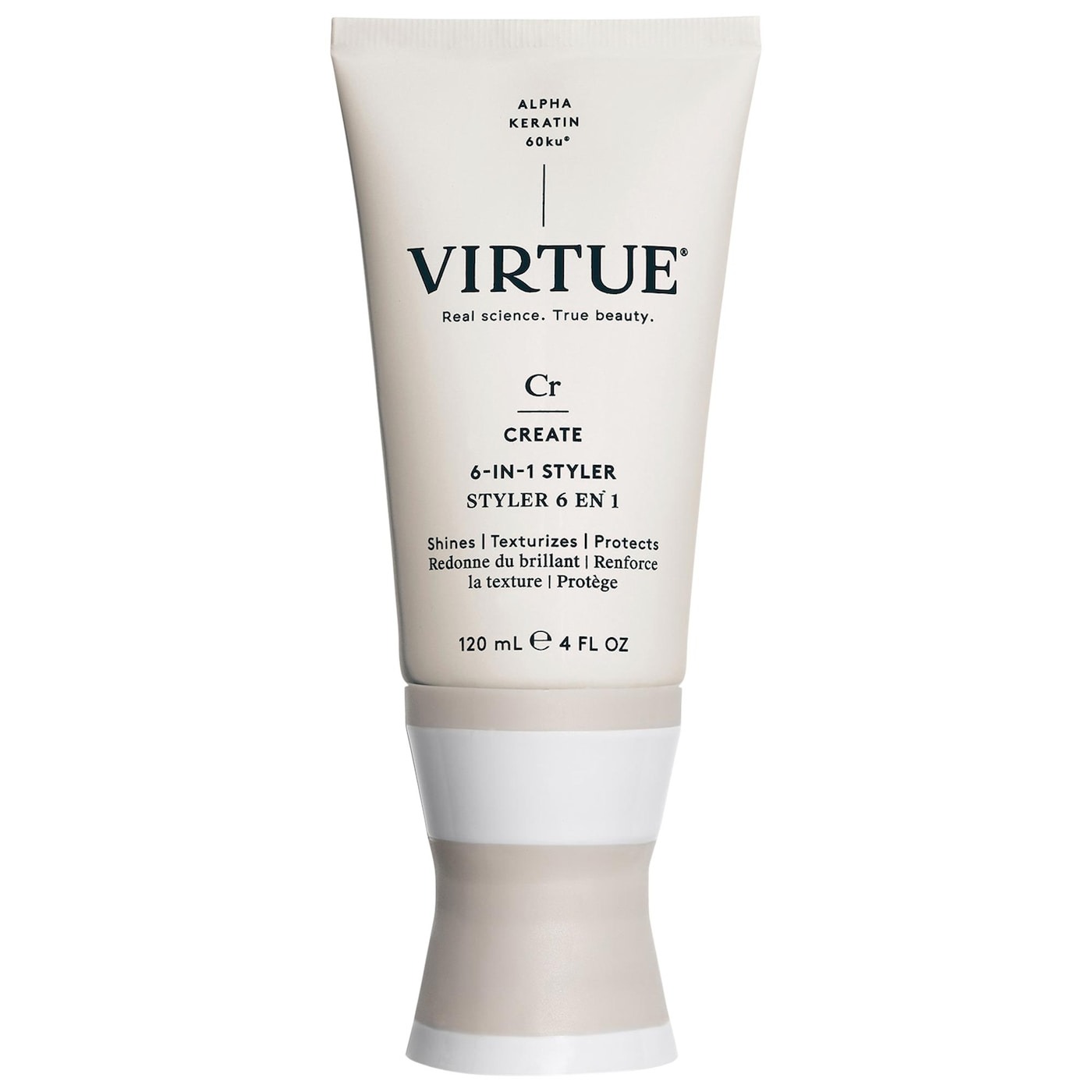
Key Ingredients: panthenol, cypress, strengthening polymers, Alpha Keratin 60ku
Customer Review: "I have fine, thin hair that is easily weighed down. This product didn’t weigh my hair down or leave it looking greasy. It had a pleasant herbal scent that doesn’t linger. It applies easily and left my hair smooth and shiny with noticeably less frizz."

Key Features: aluminum body, elastic band
Customer Review: "Found this foil cap more effective at retaining warmth and moisture on my 4c hair while deep conditioning. Soft black trim surrounds the cap making this cap more comfortable than the dreaded plastic shower cap. Highly recommended as the cap has held up well thus far."
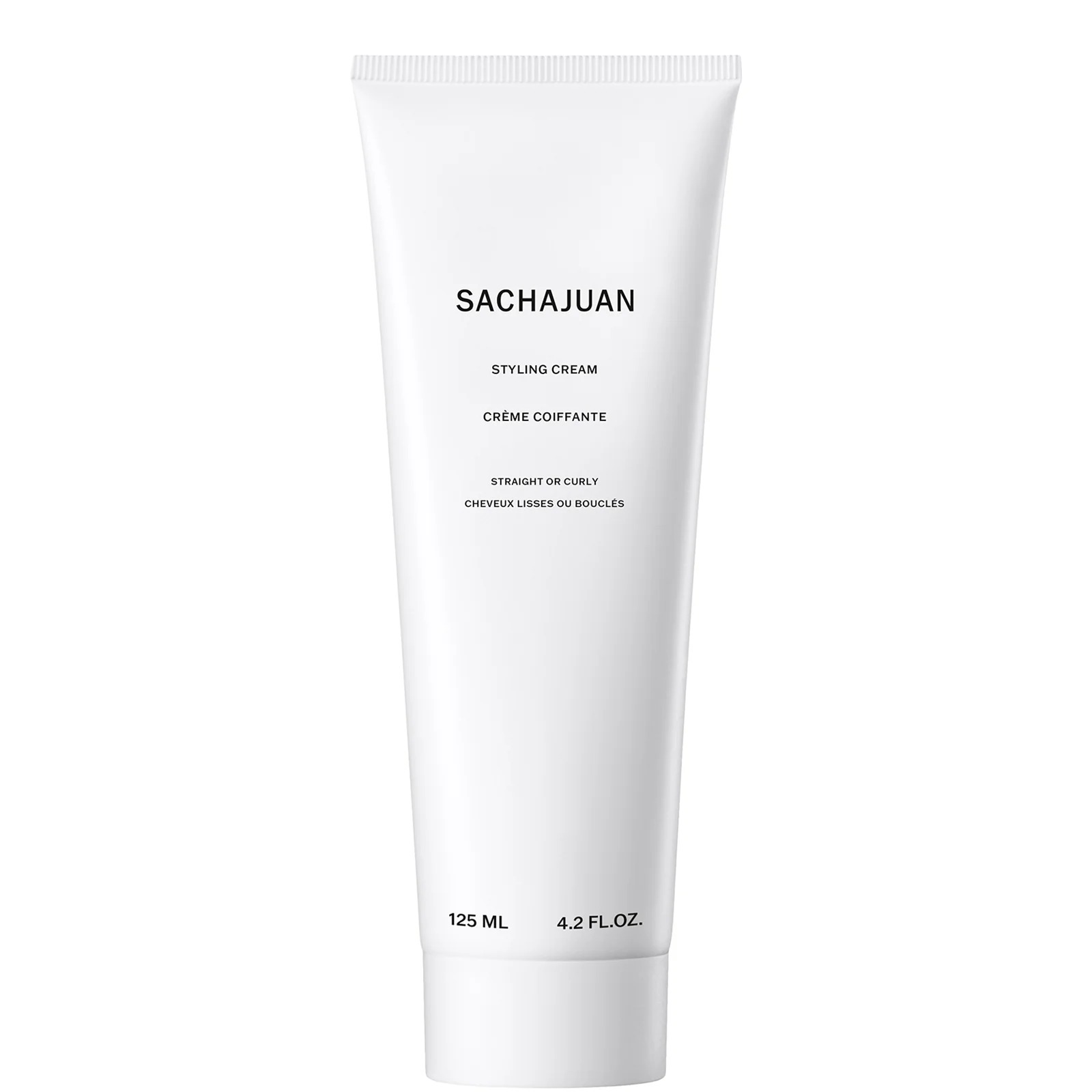
Key Ingredients: wheat protein, algae extracts, panthenol
Customer Review: "I have naturally wavy/curly hair that is super frizzy when it air dries and pretty frizzy when blow drying without a round brush. This styling cream is a game changer! My hair dries faster and smoother. I use it for styling it both straight and wavy. Smells wonderful also!"
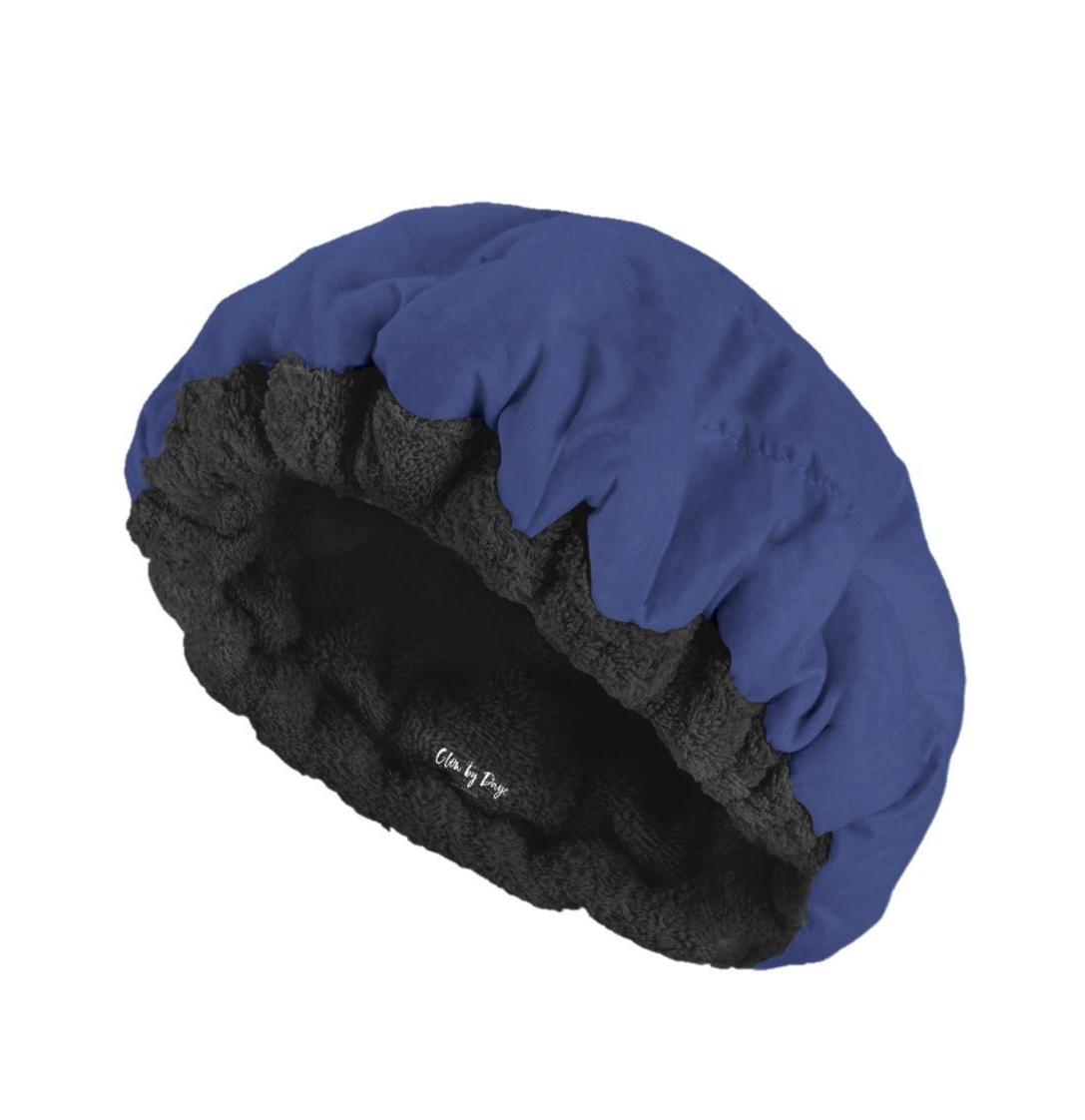
Key Features: microfiber cotton, linseed fabric lining
Customer Review: "I have low porosity hair so I like to deep condition it at least once a week and this cap makes it so easy. After I pop it in the microwave for two minutes, I can put it on over a plastic cap and go about my business. I've had it for almost a year and haven't had any issues with it. It's become really therapeutic for me, so I'd highly recommend it!"
This story was originally published at an earlier date and has since been updated.
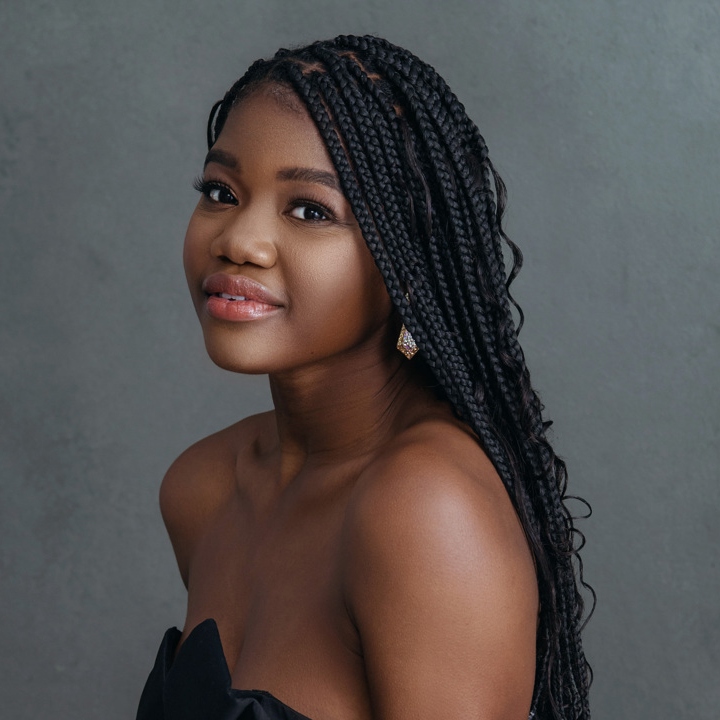
Maya Thomas is an Associate Beauty Editor atBest Knockoff Luxury Clothing . Her strong love for all things beauty and fashion stems from a strong childhood interest in the fine arts. During a gap year spent in Paris studying the history of French fashion, she shifted her focus to English literature and journalism as a student at Loyola Marymount University. After graduating in May 2021, Maya began freelancing for Parade.com as a contributing commerce writer. When she's not writing, Maya spends her free time catching up on reading, perusing art galleries, and enjoying a night out at the ballet every now and then.